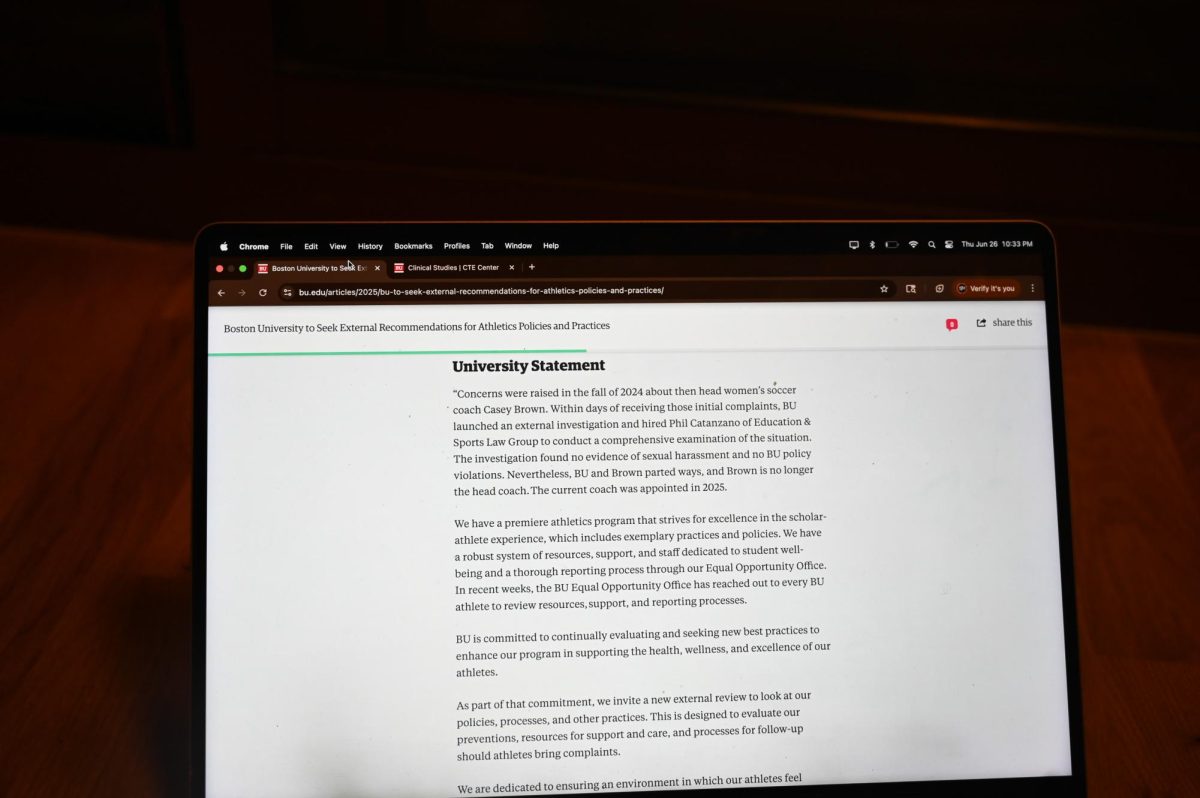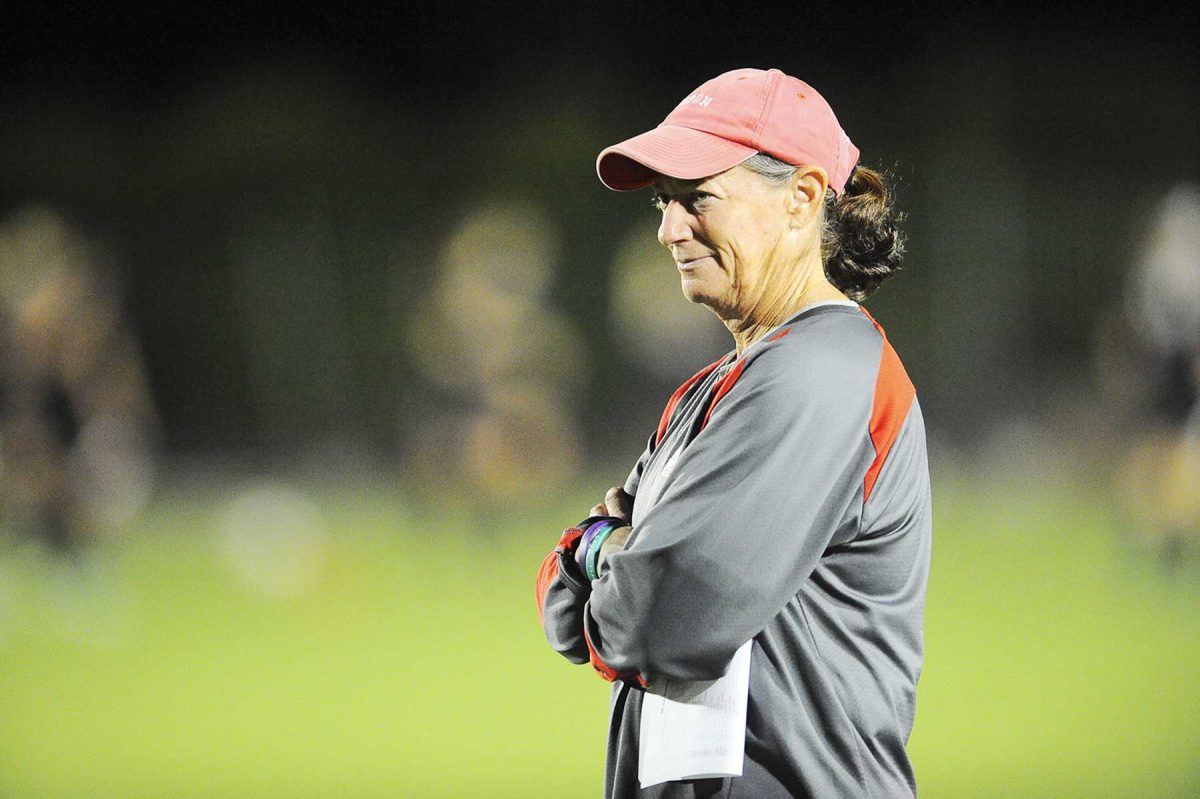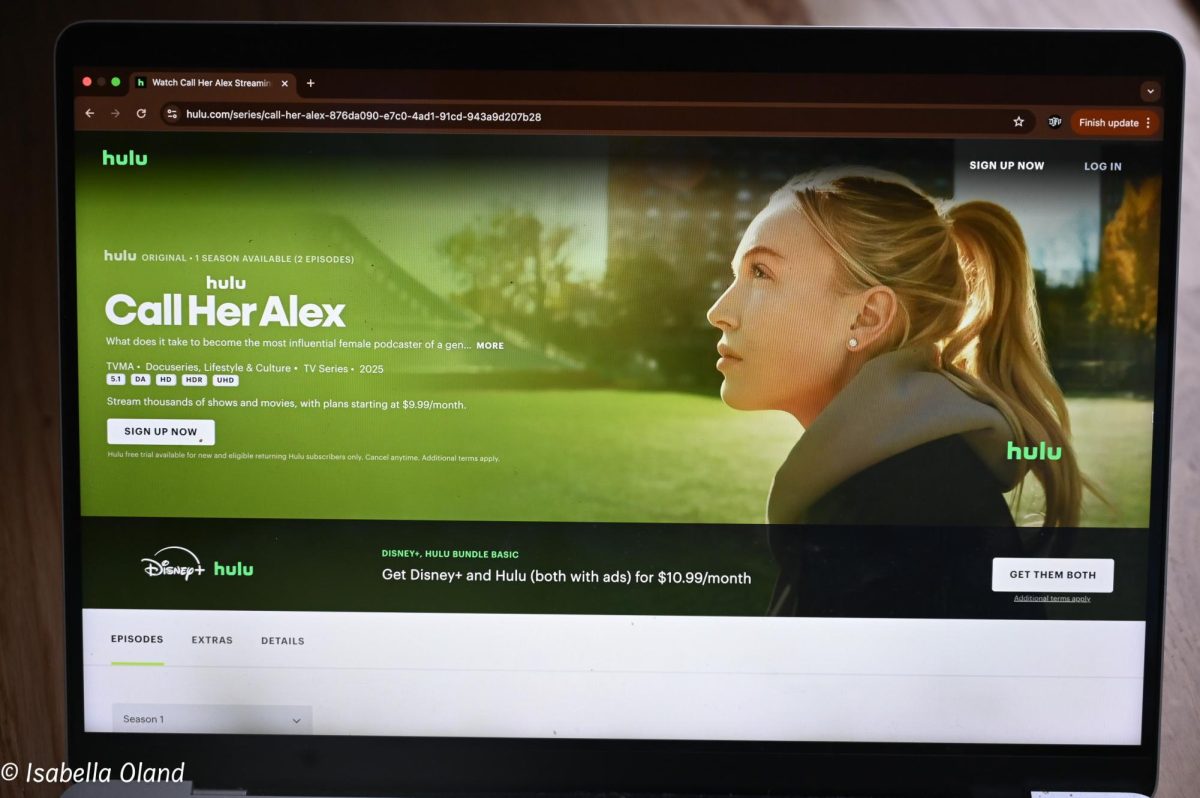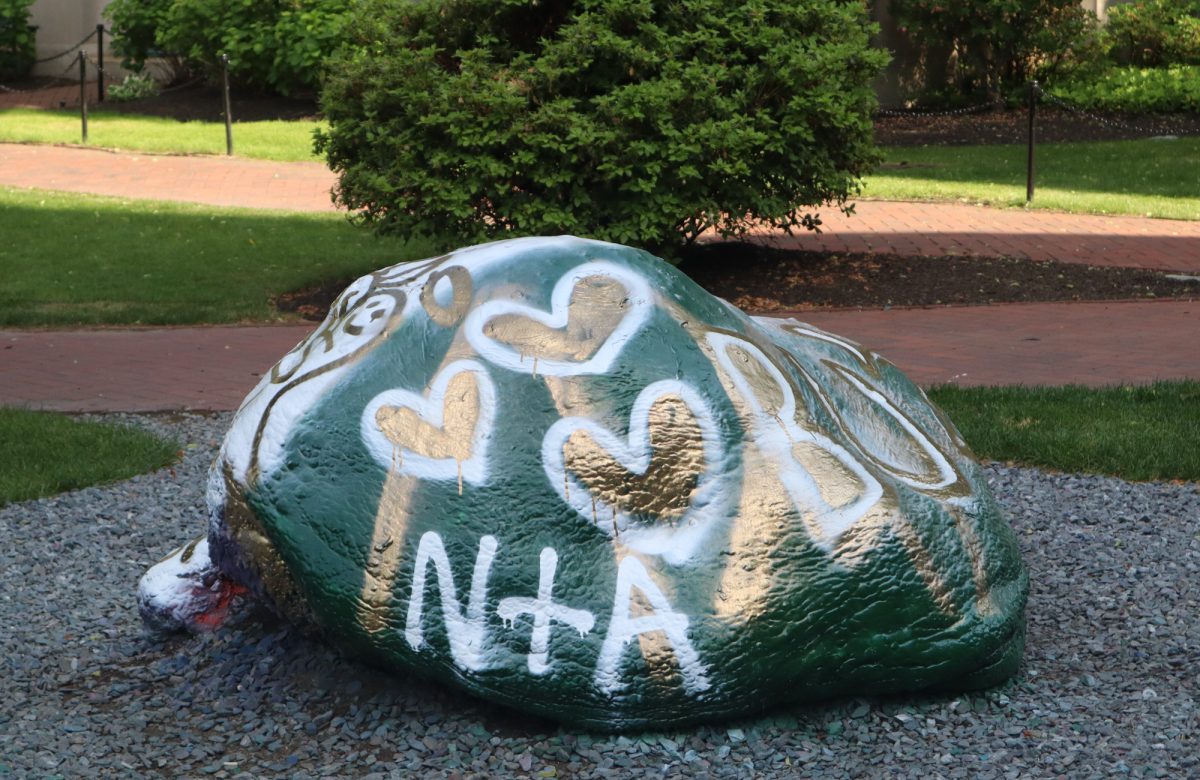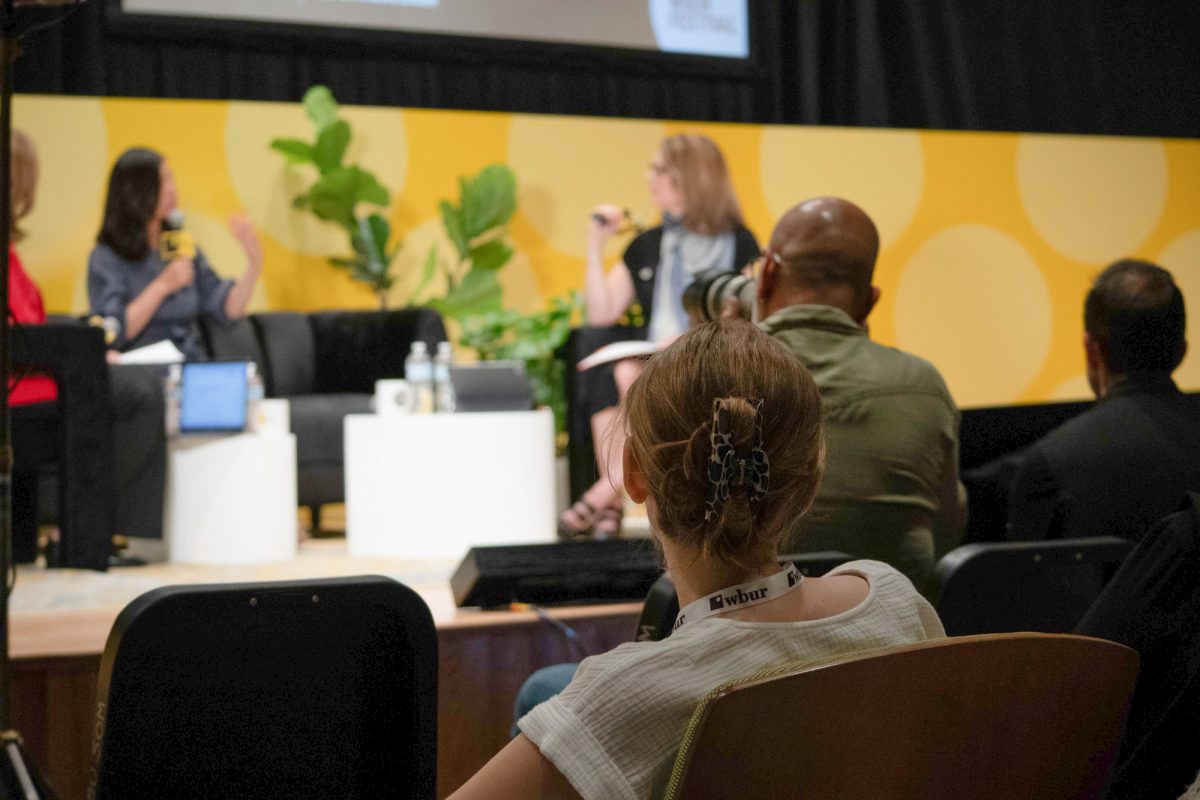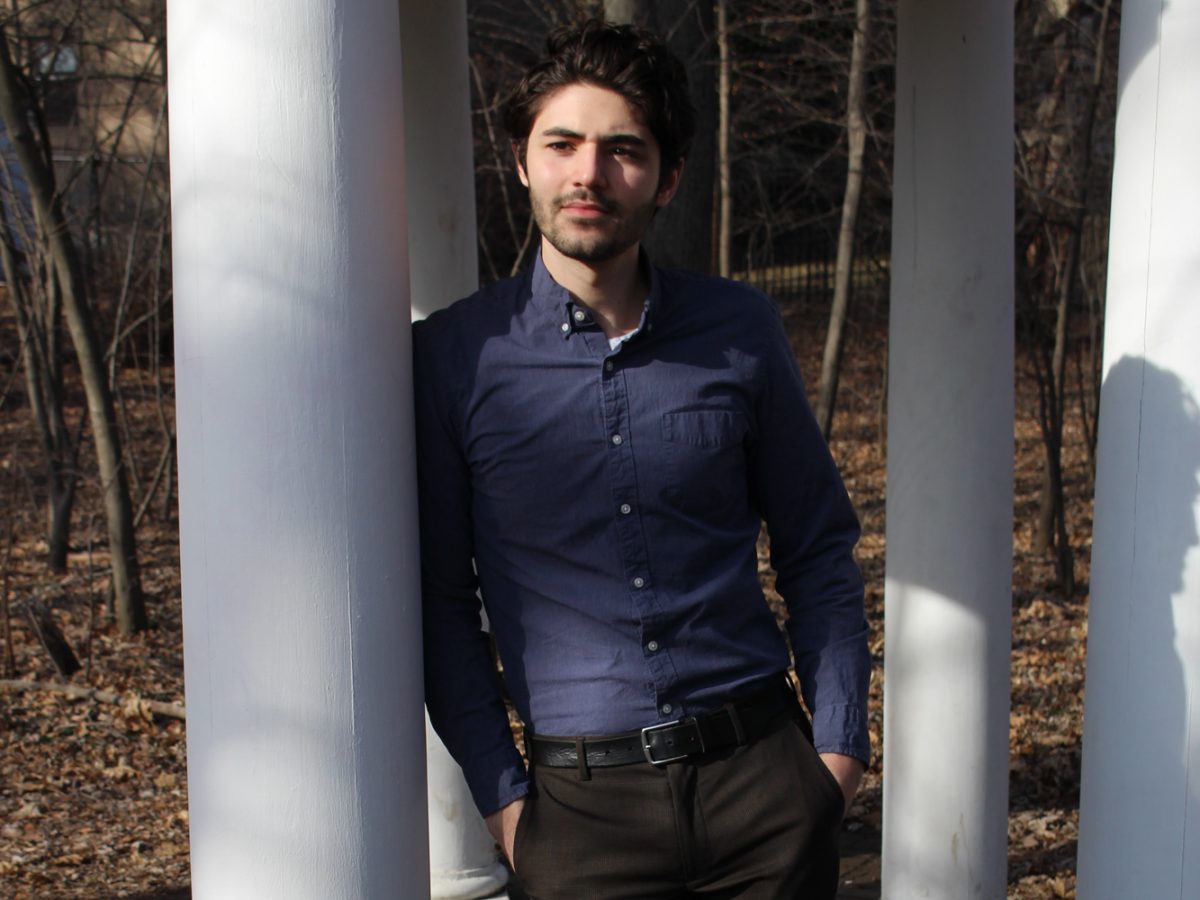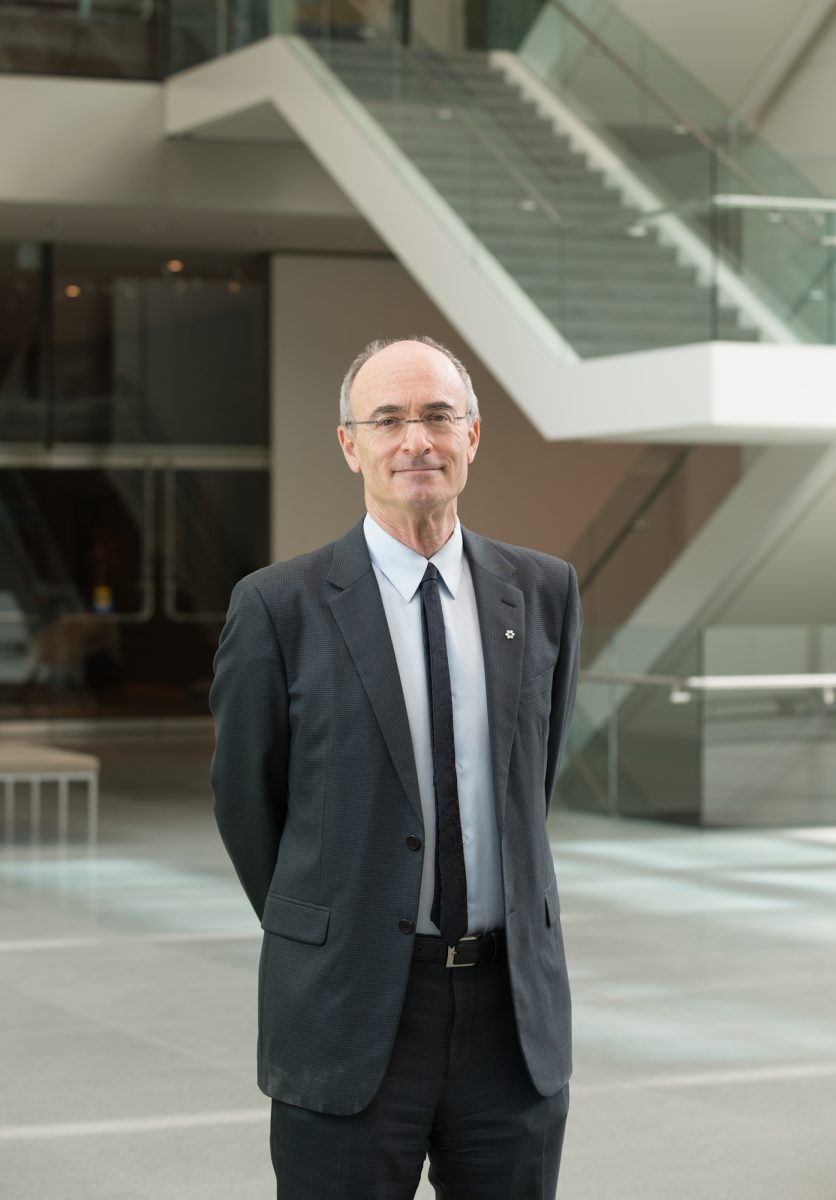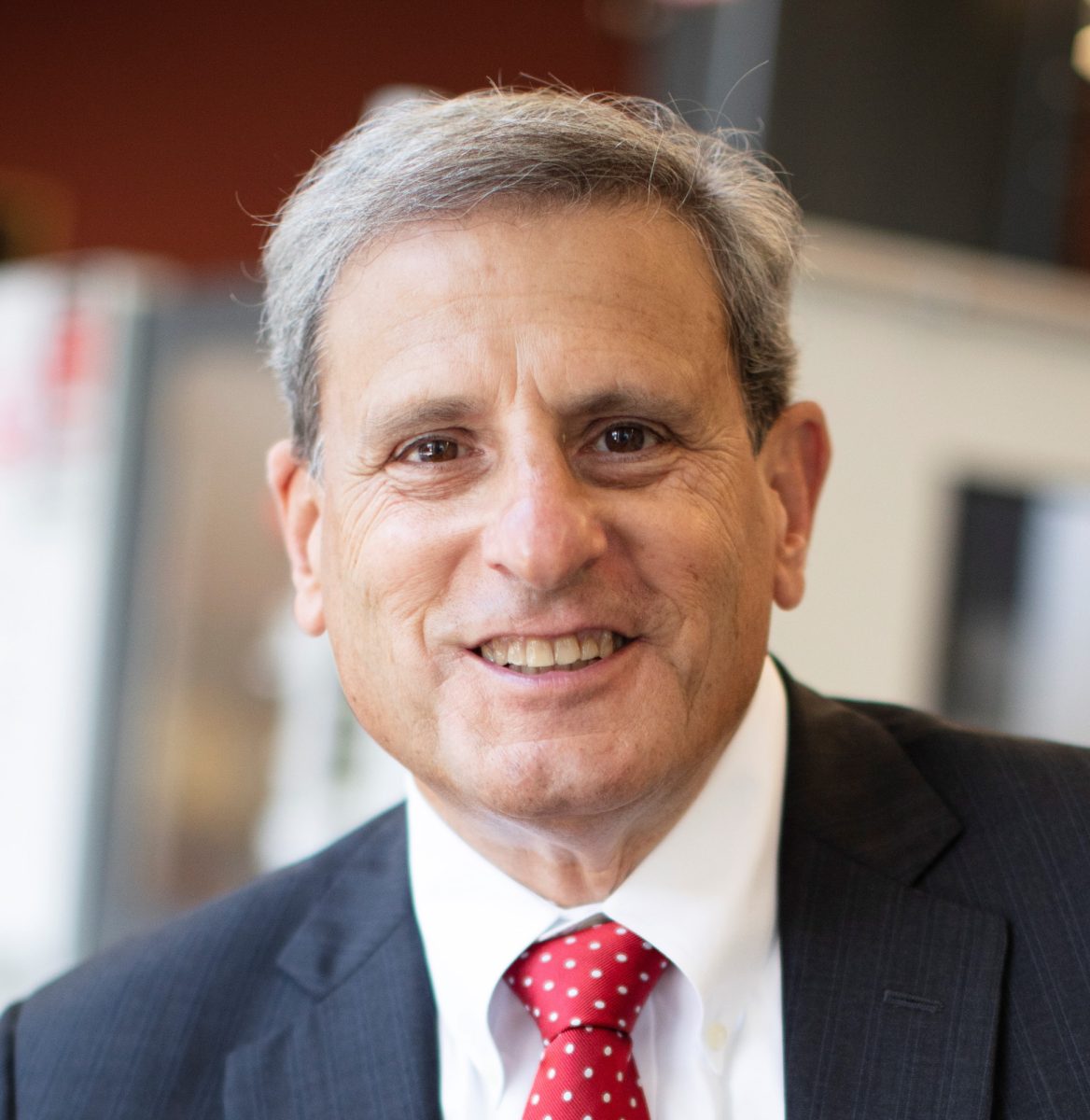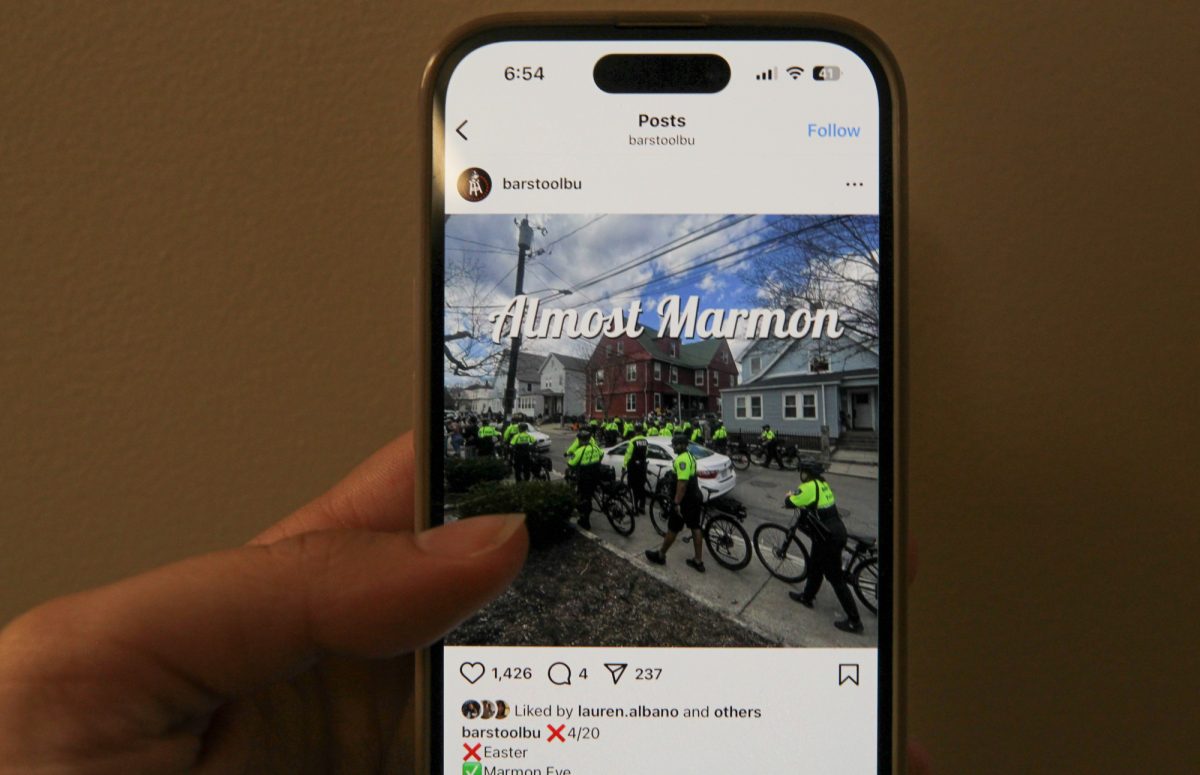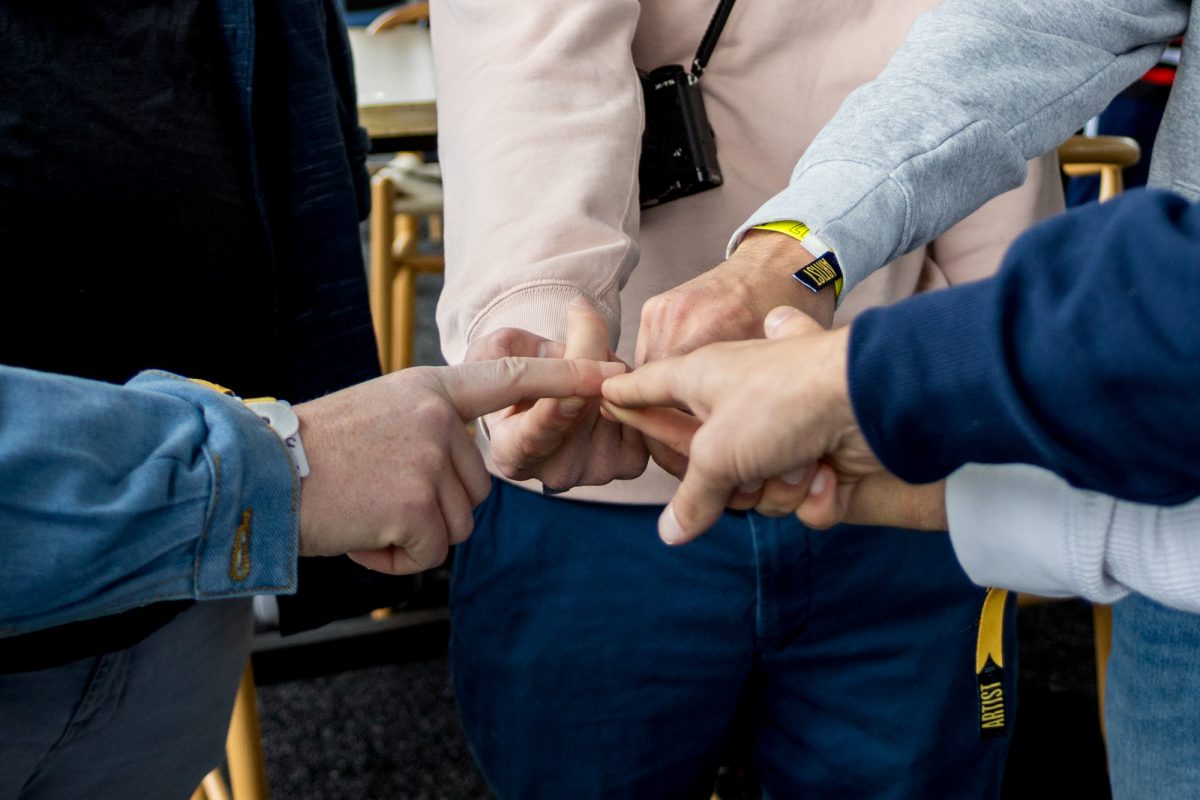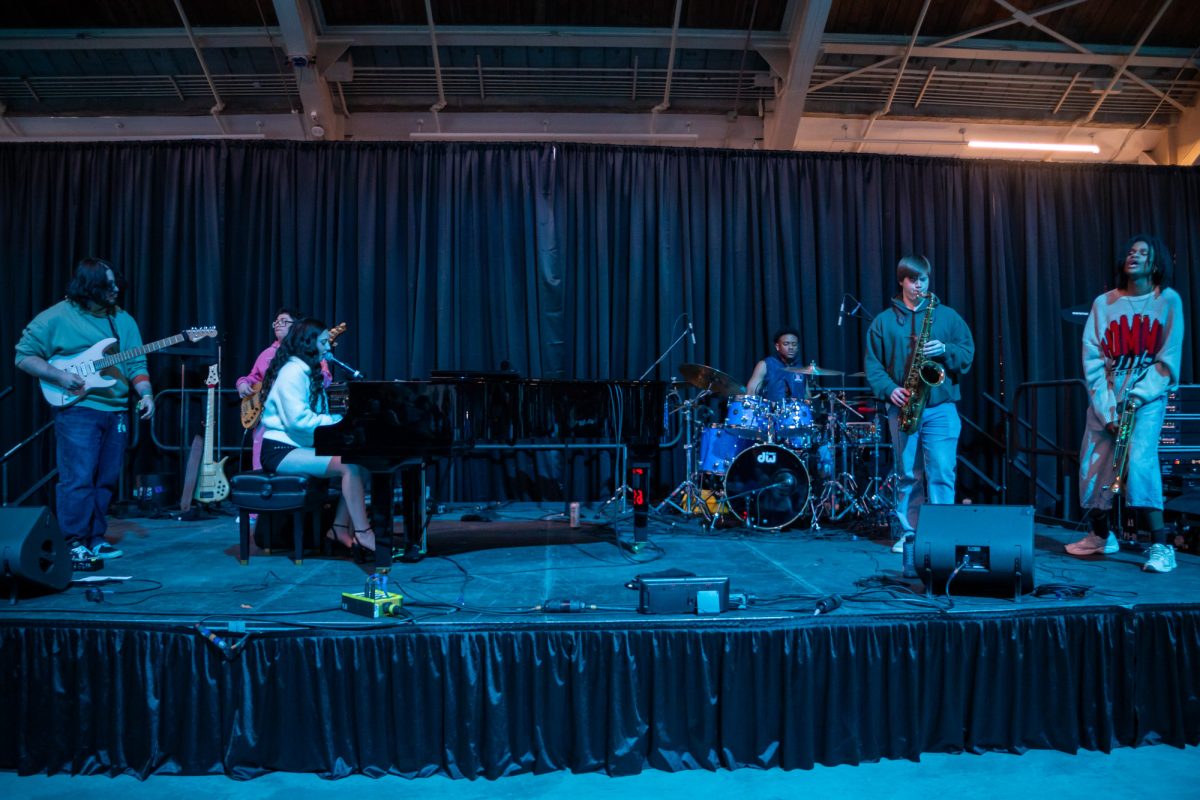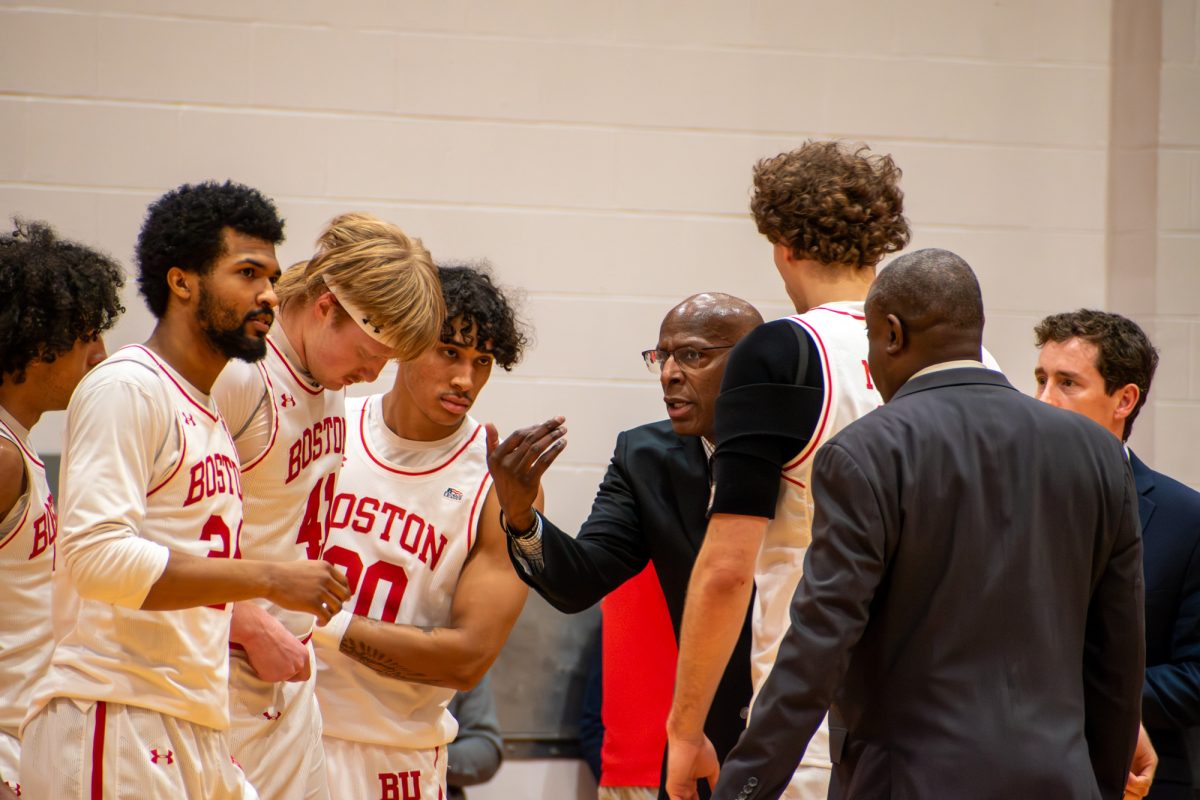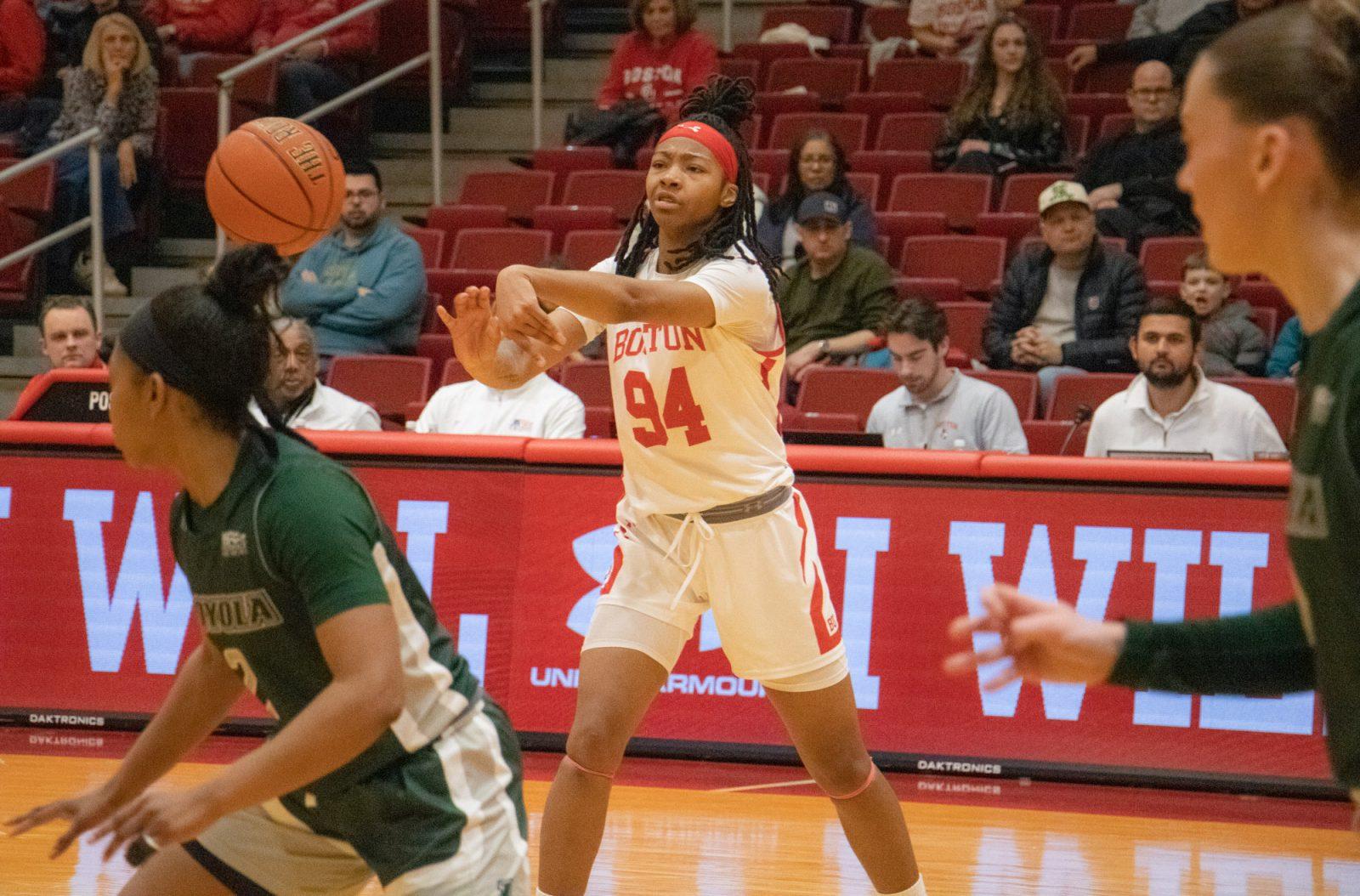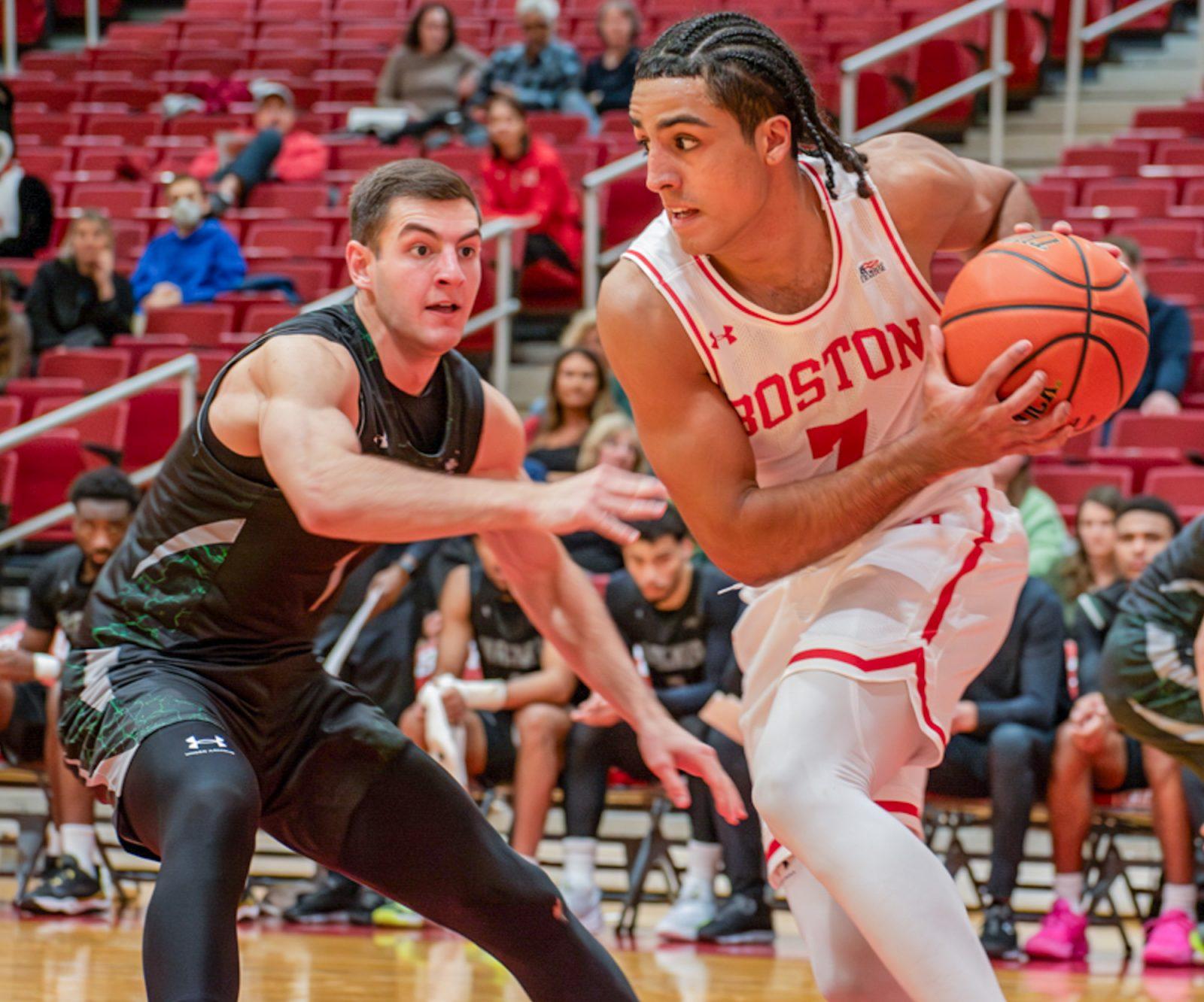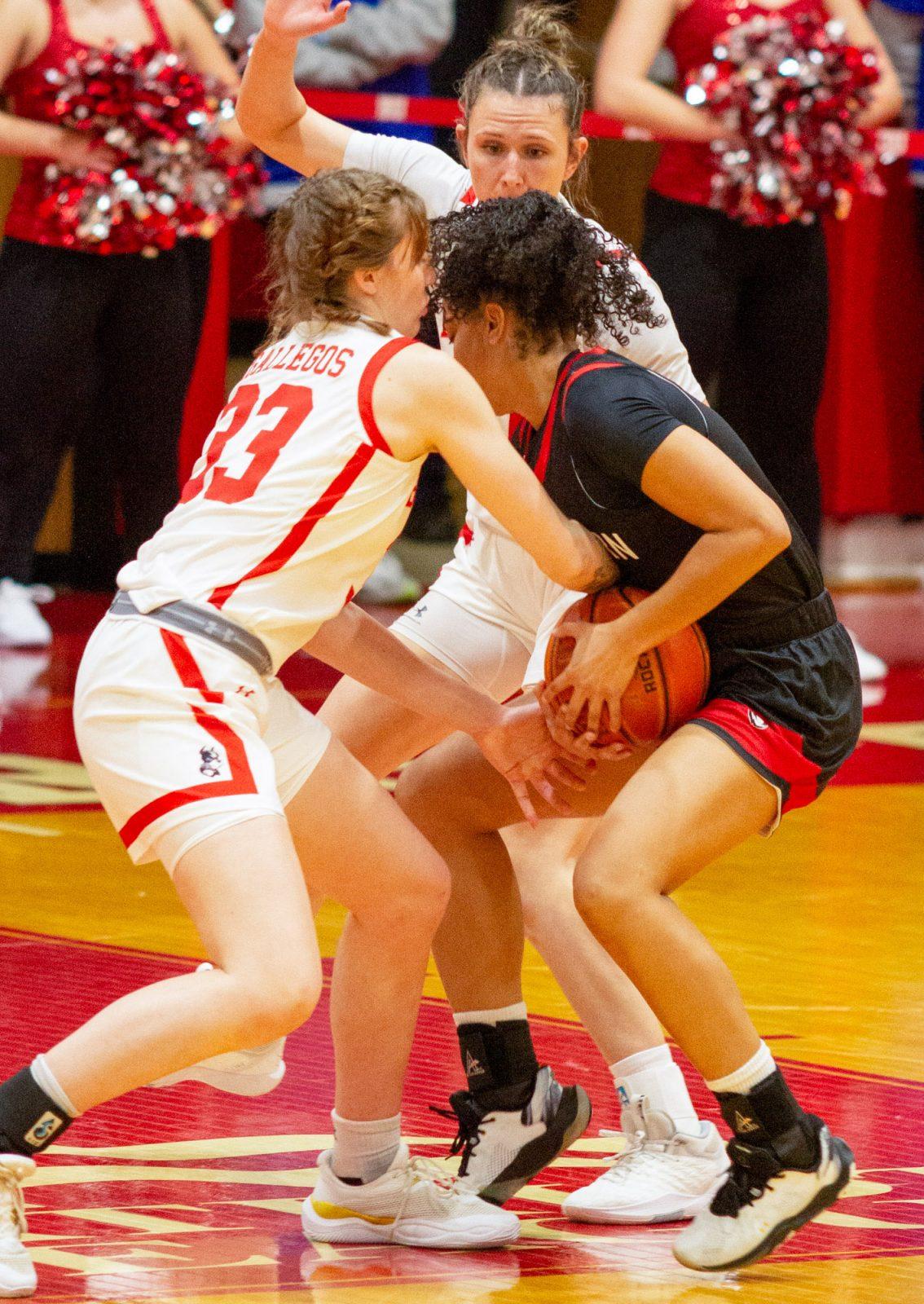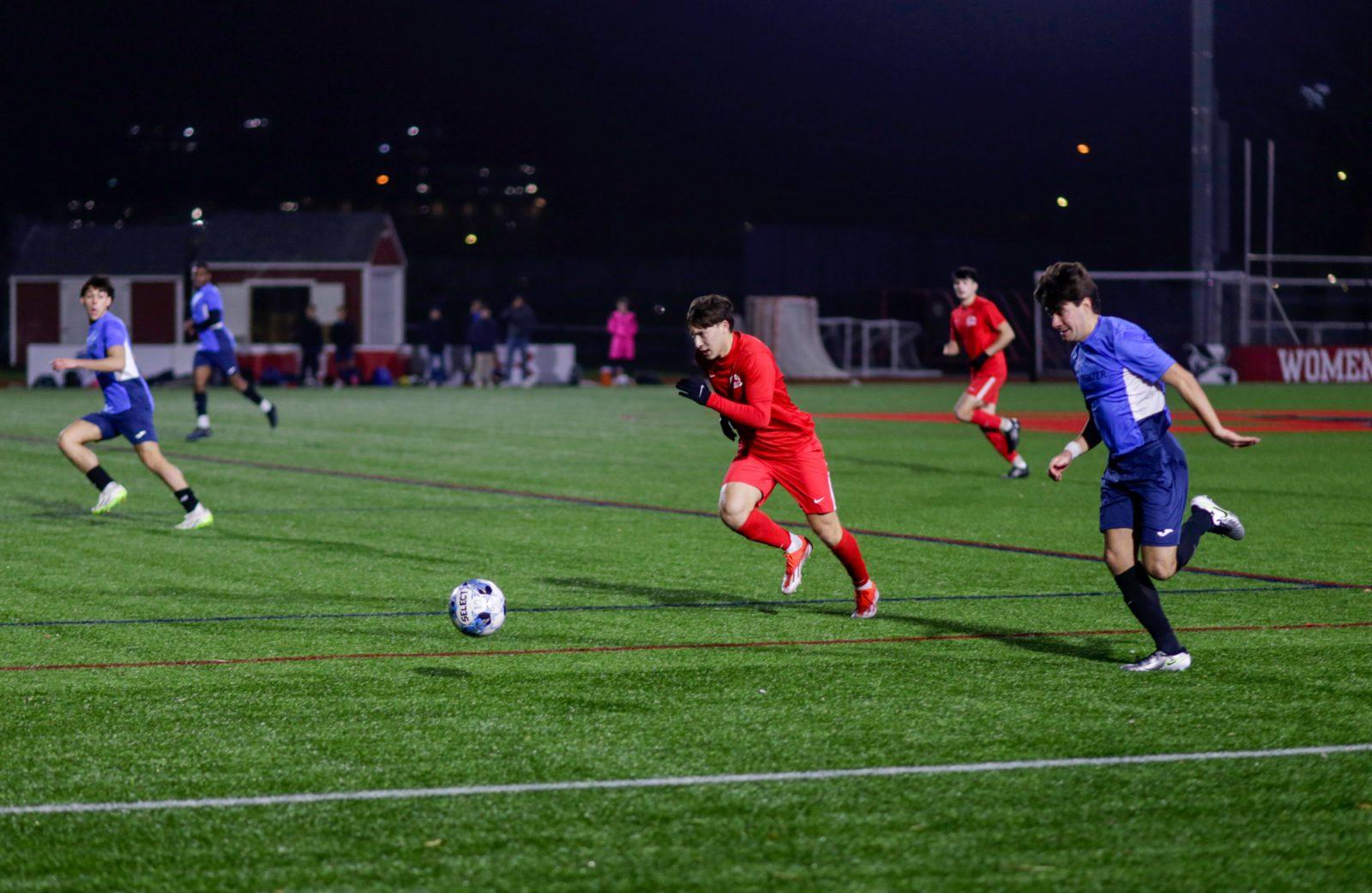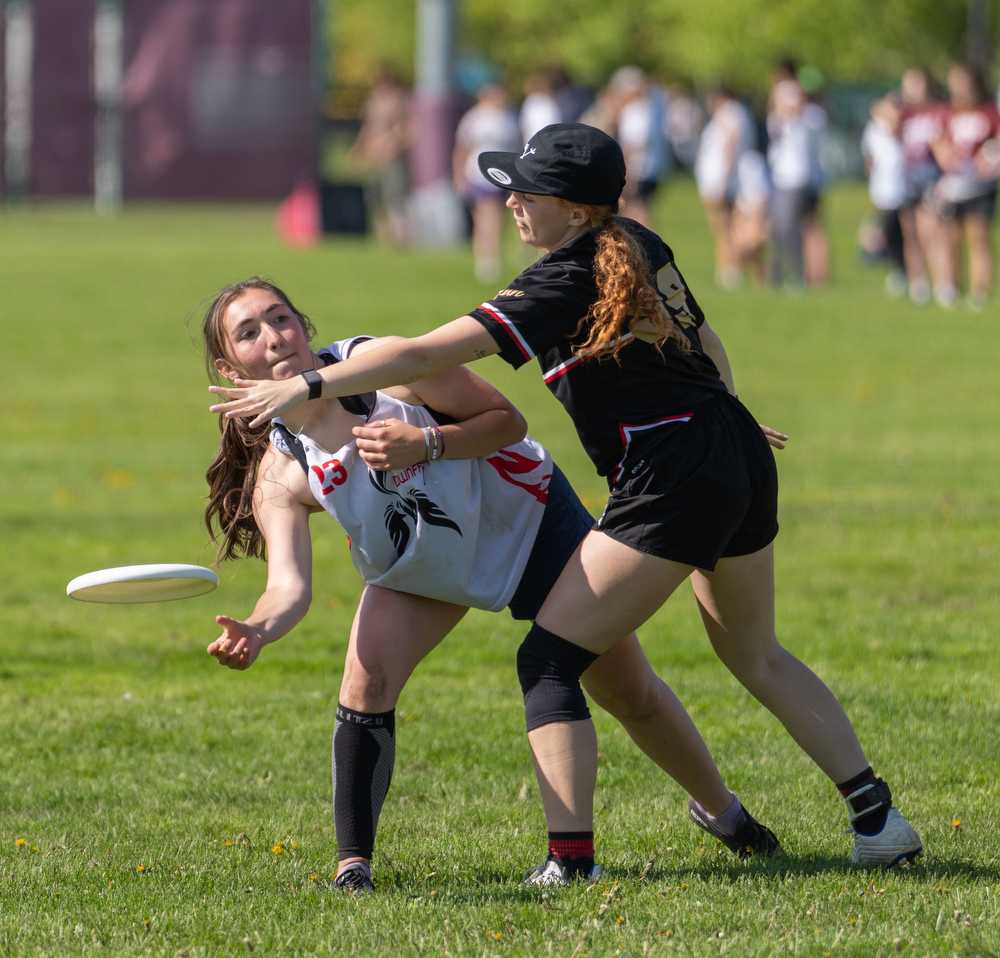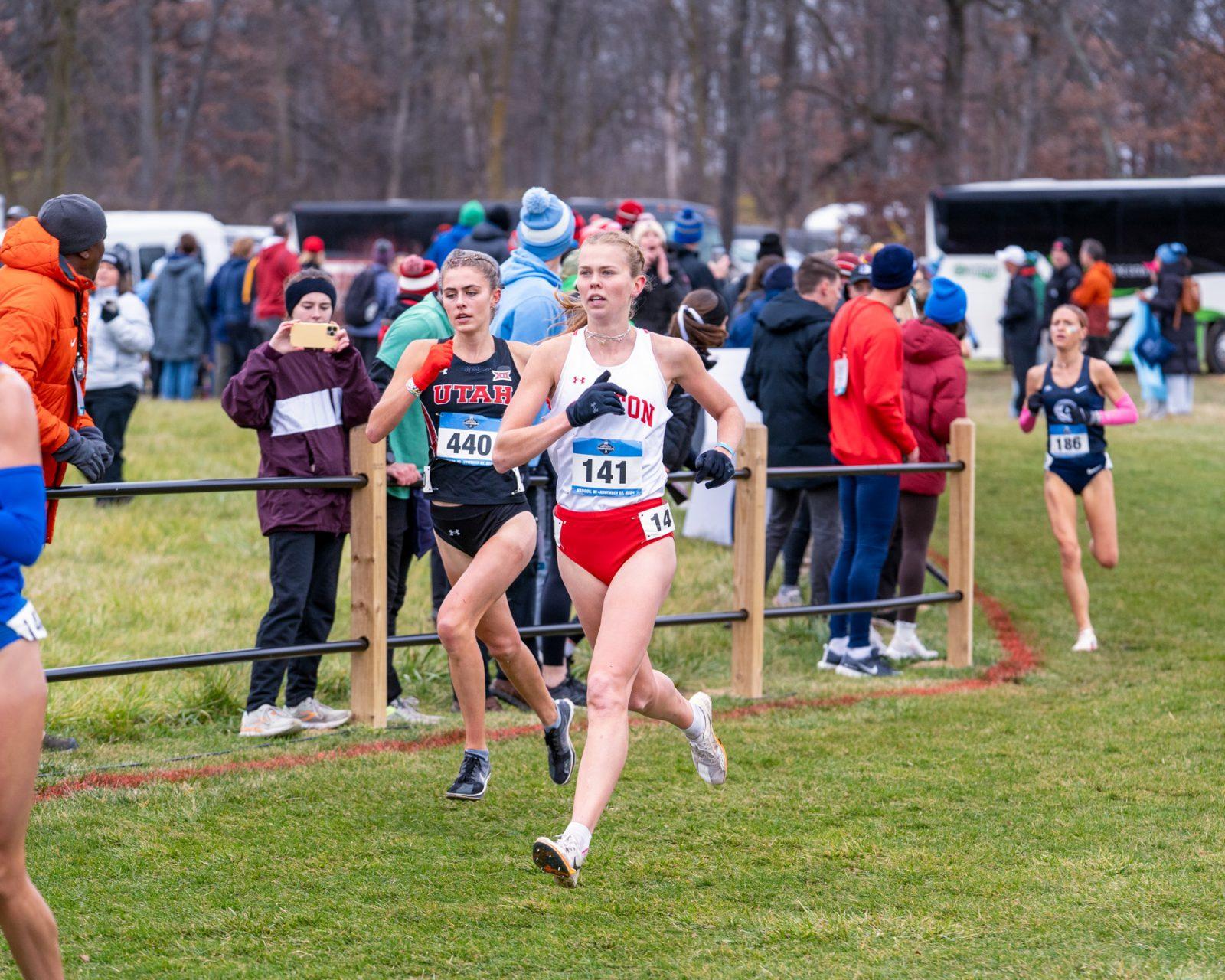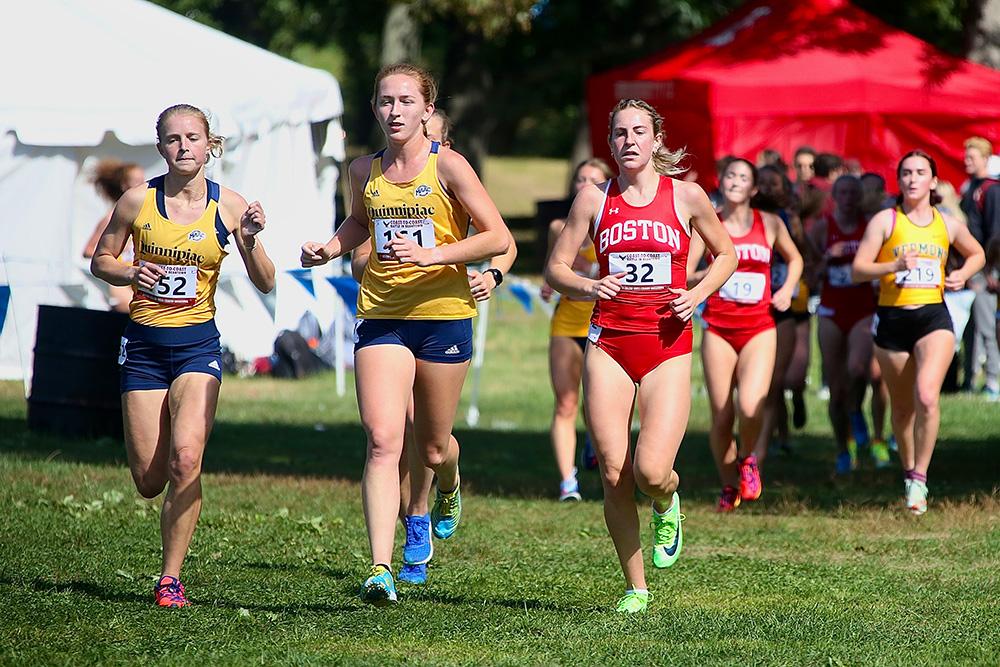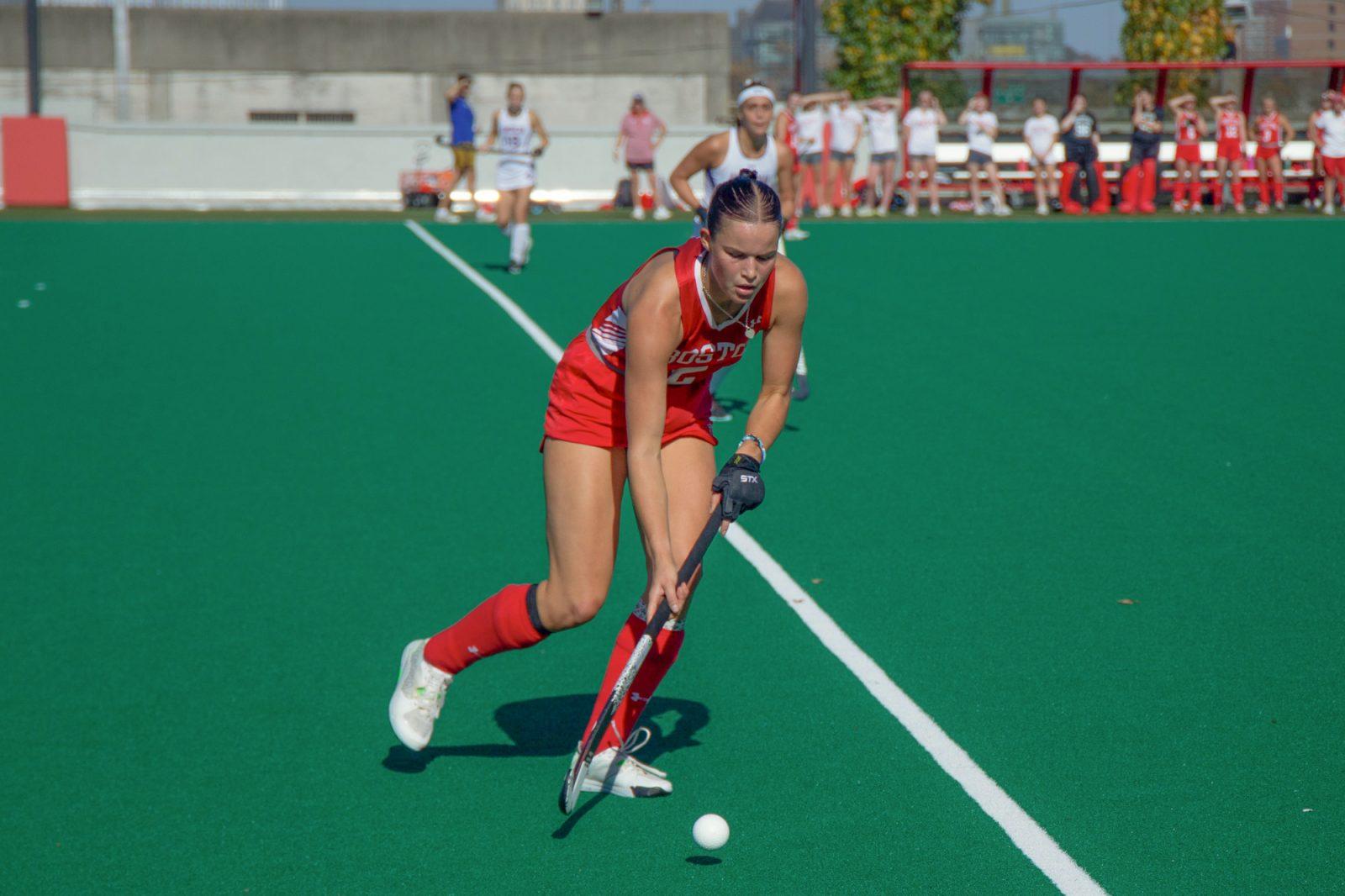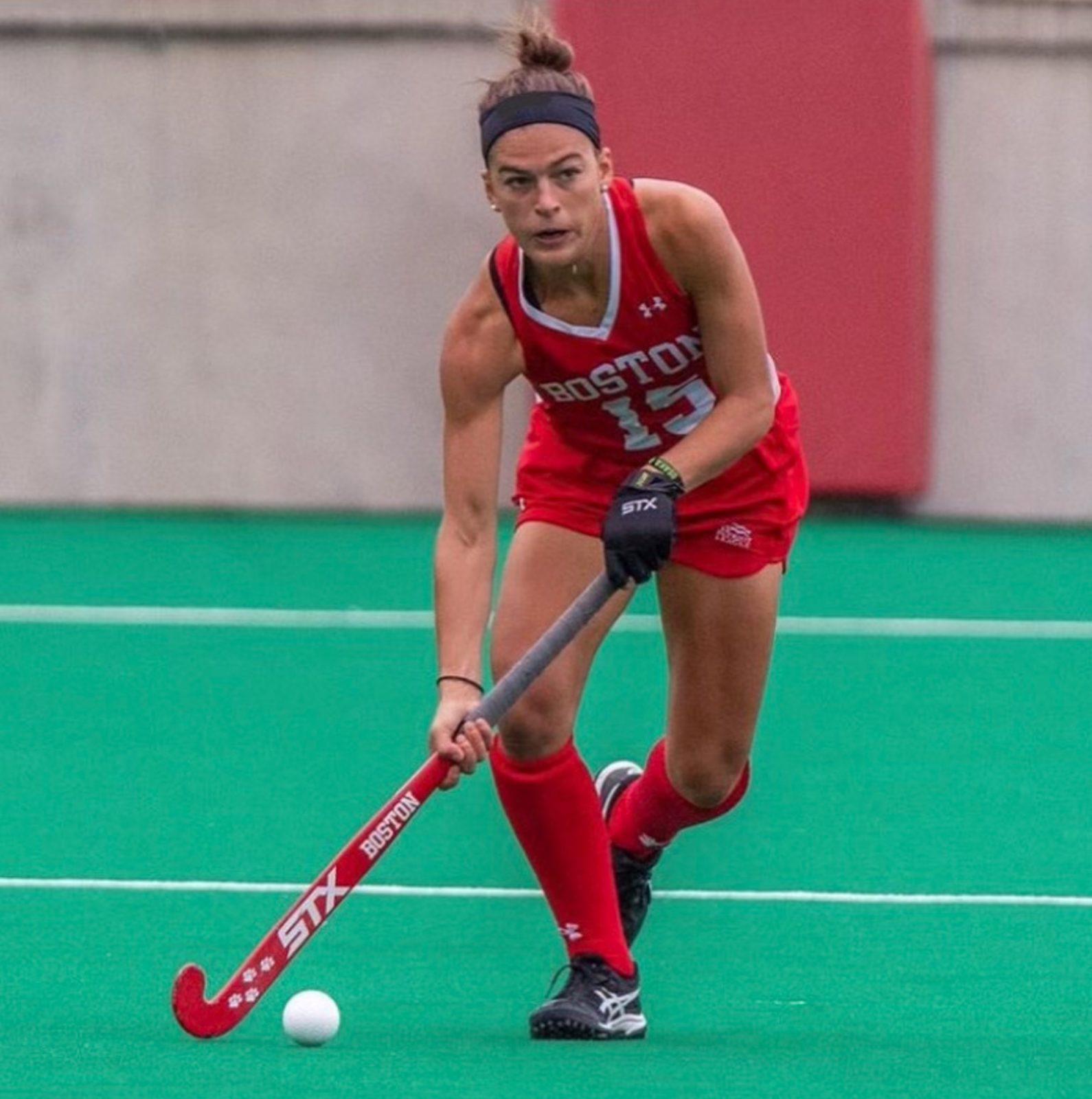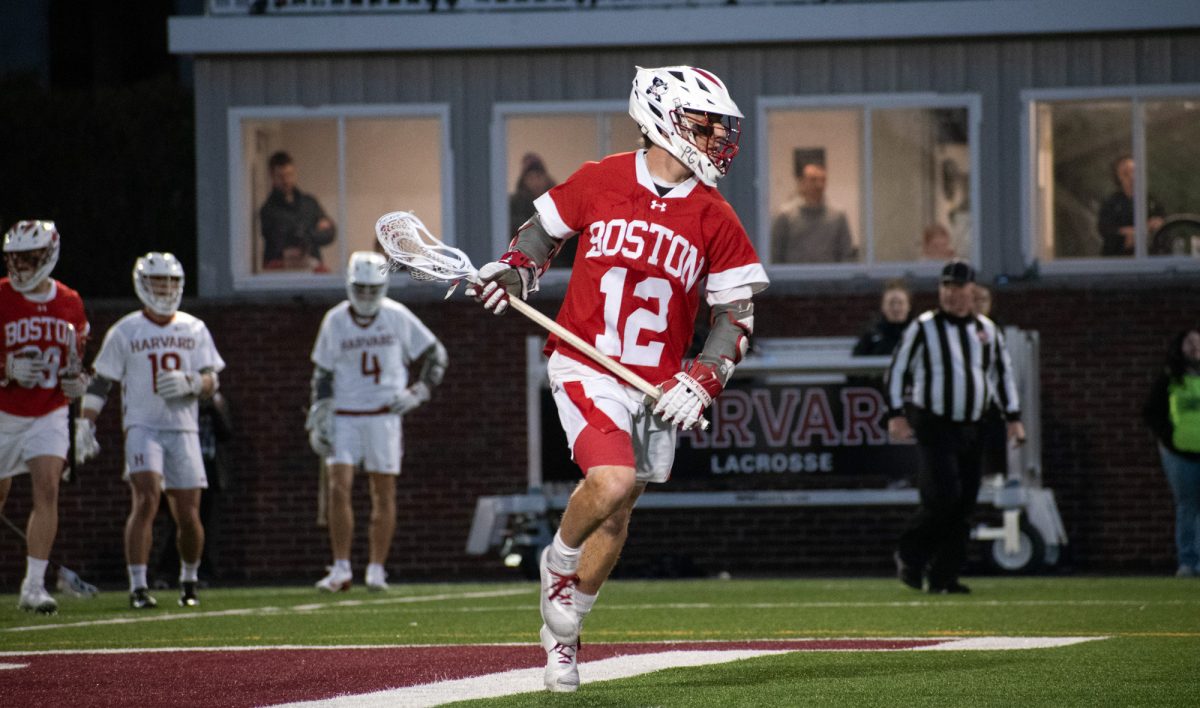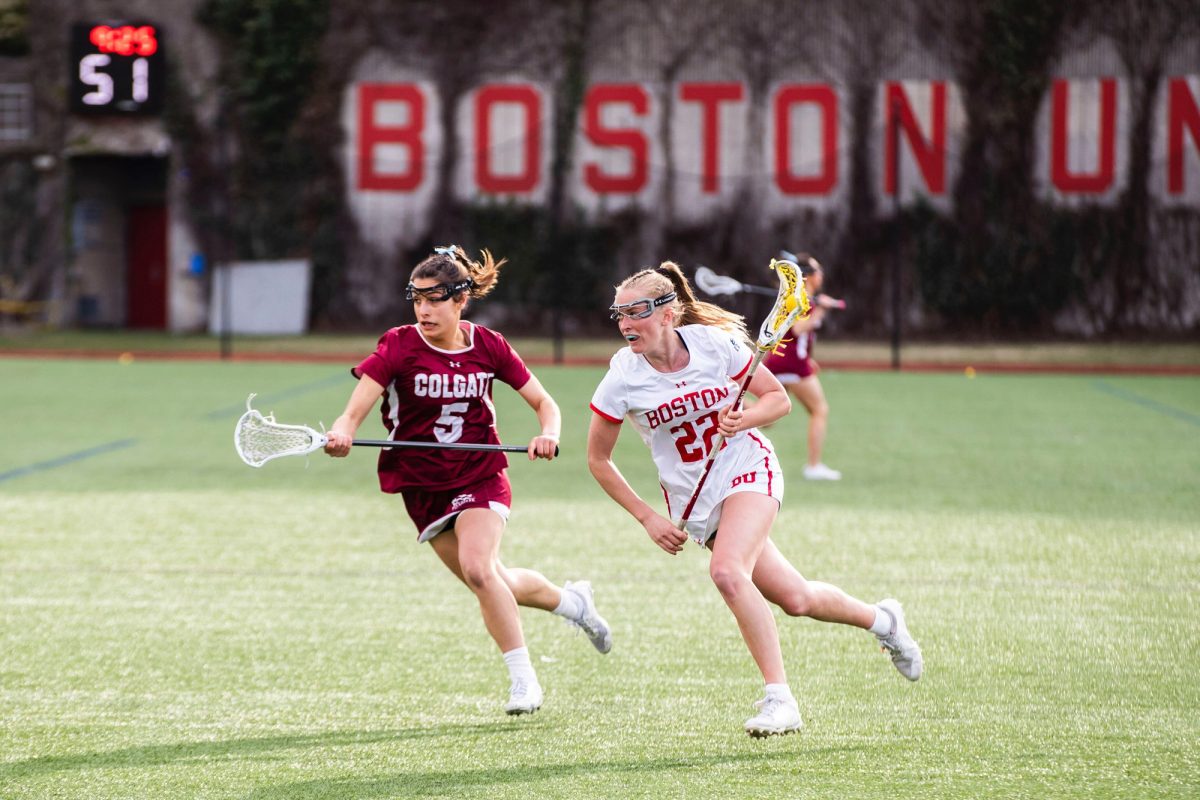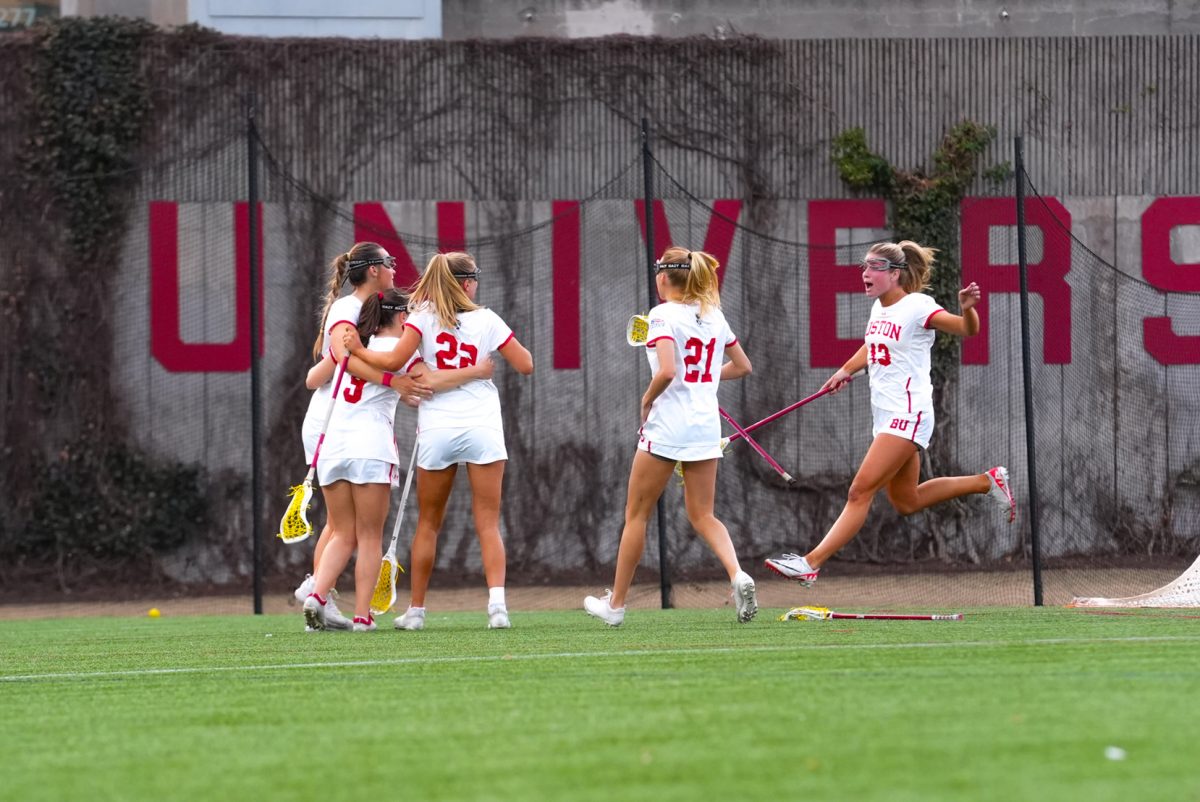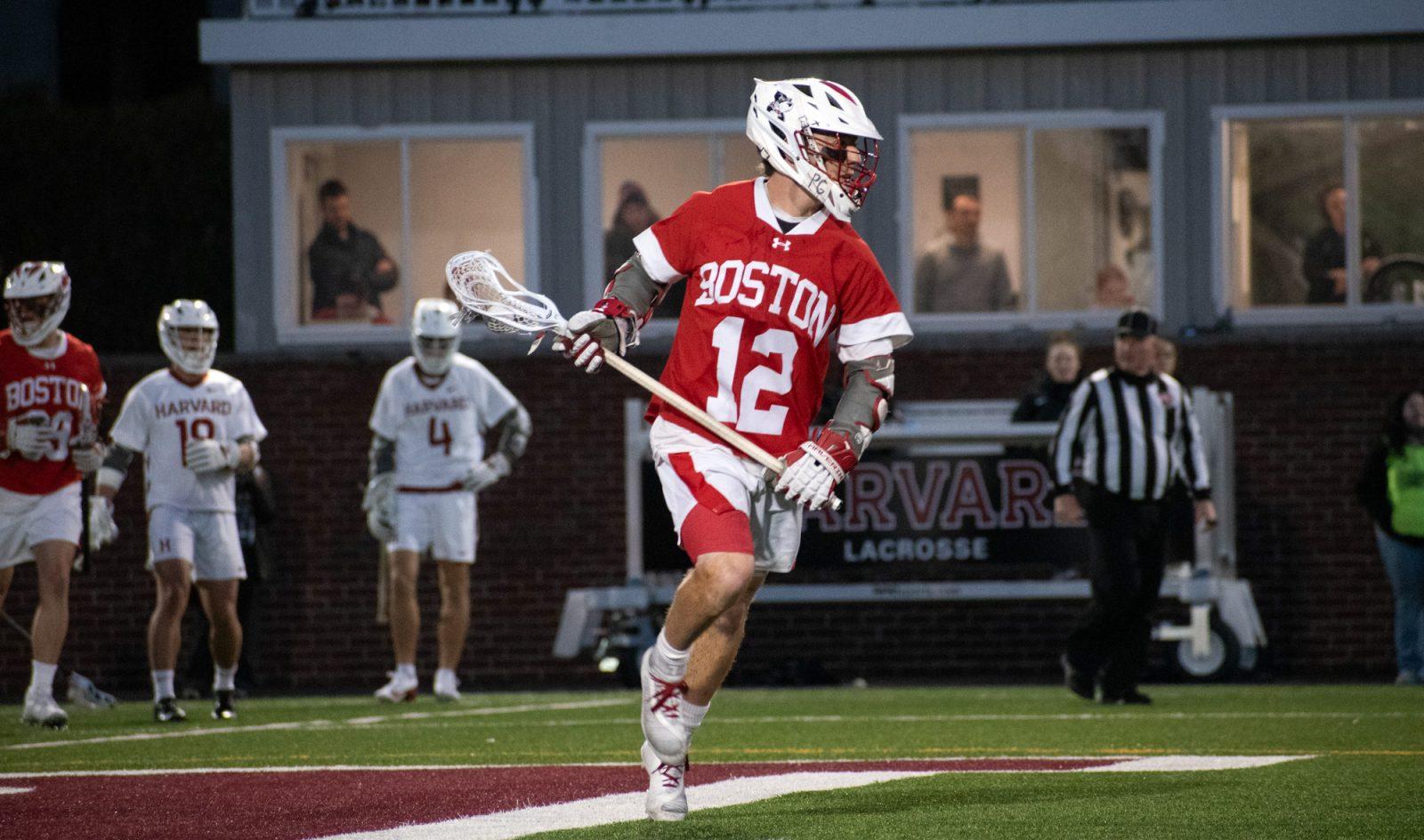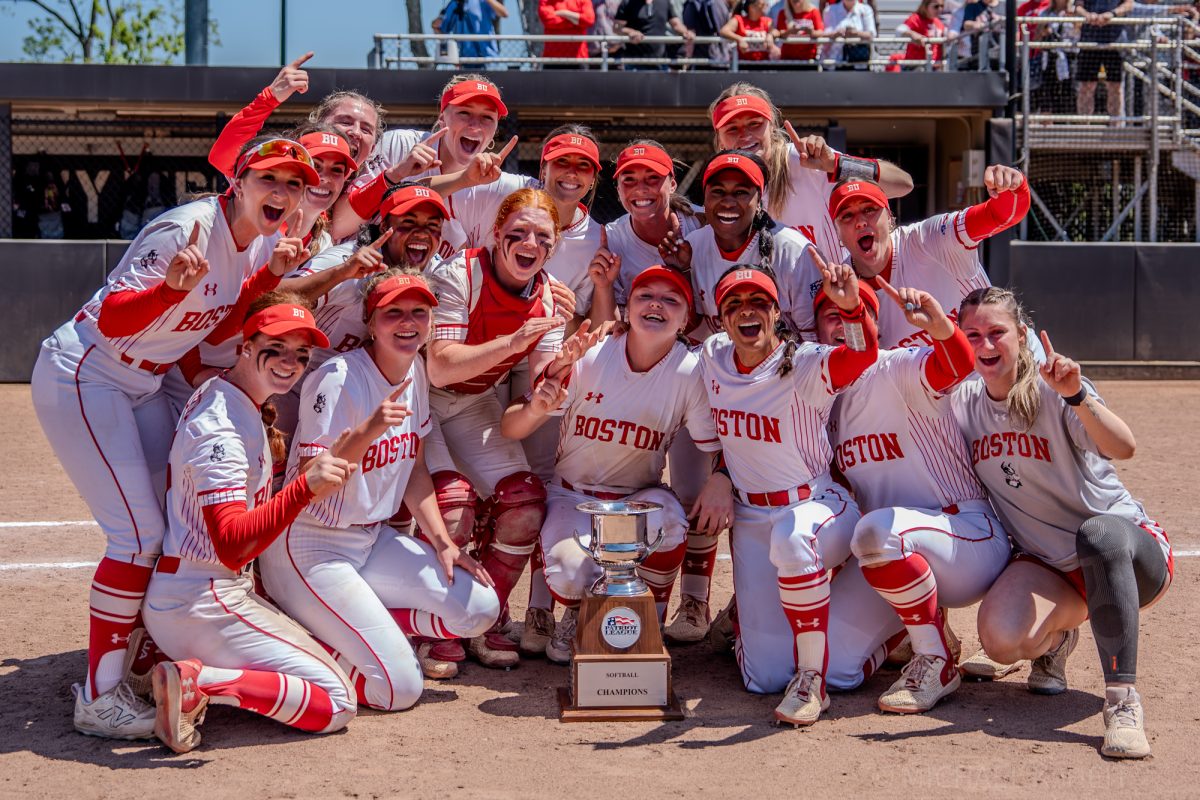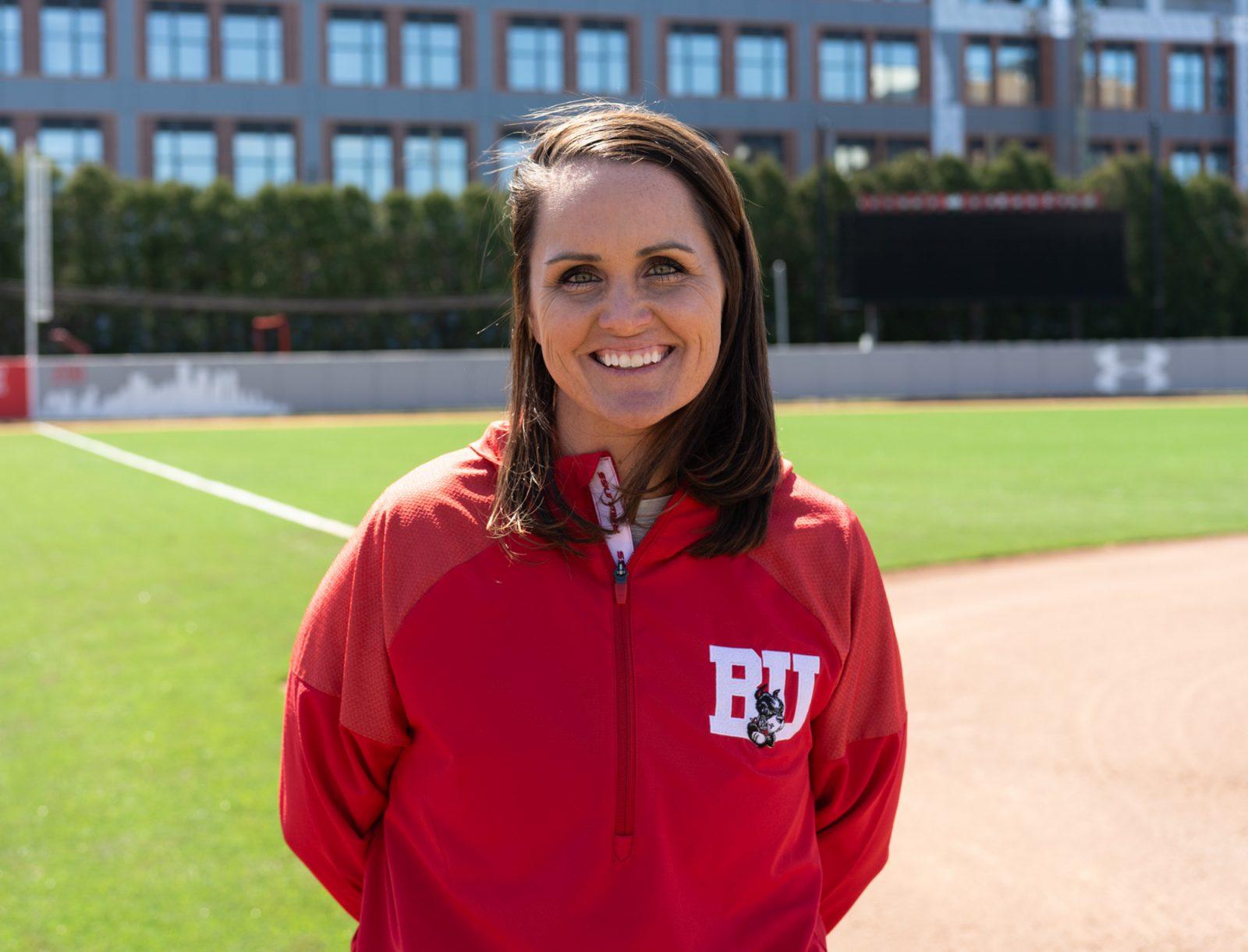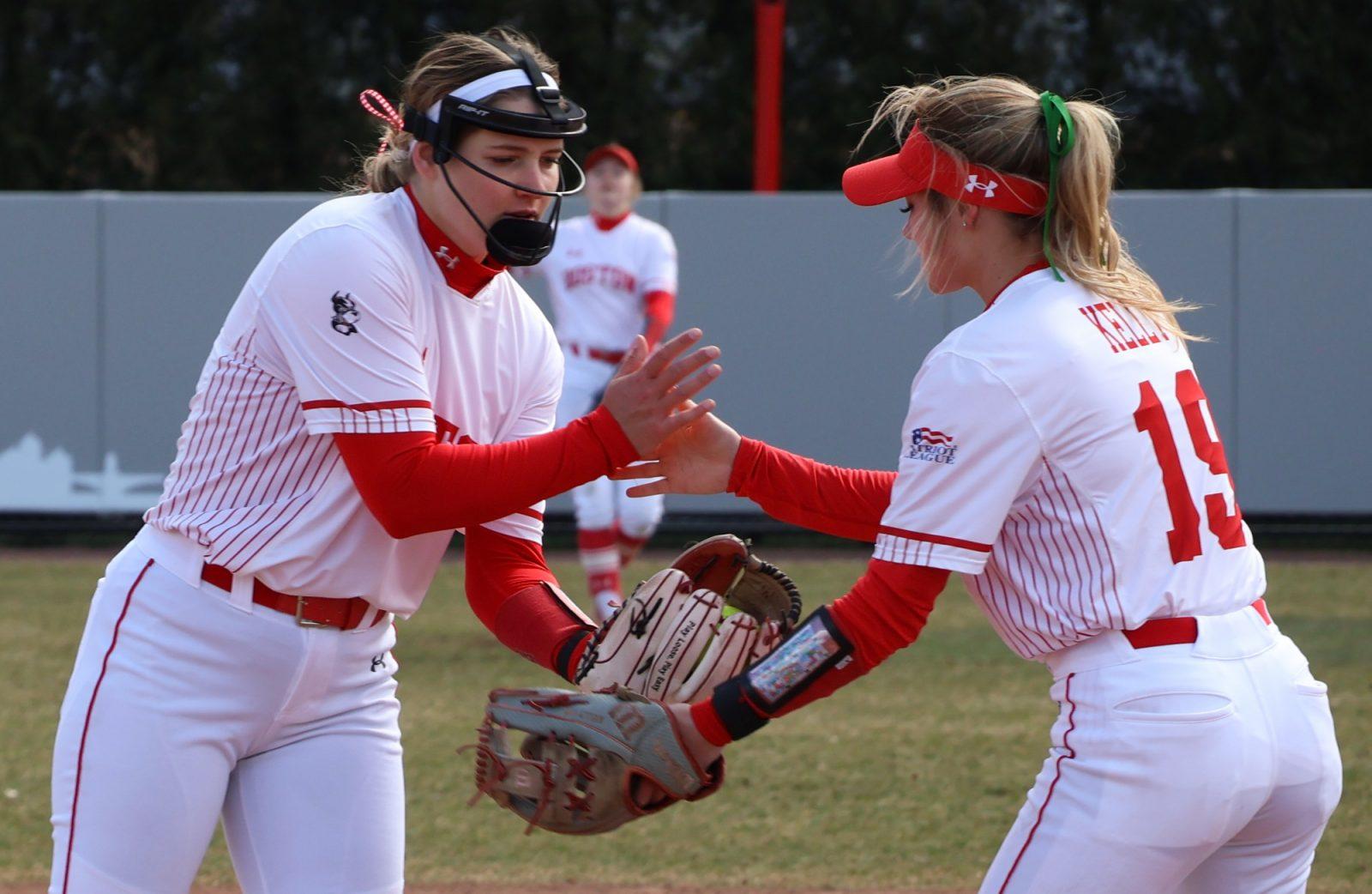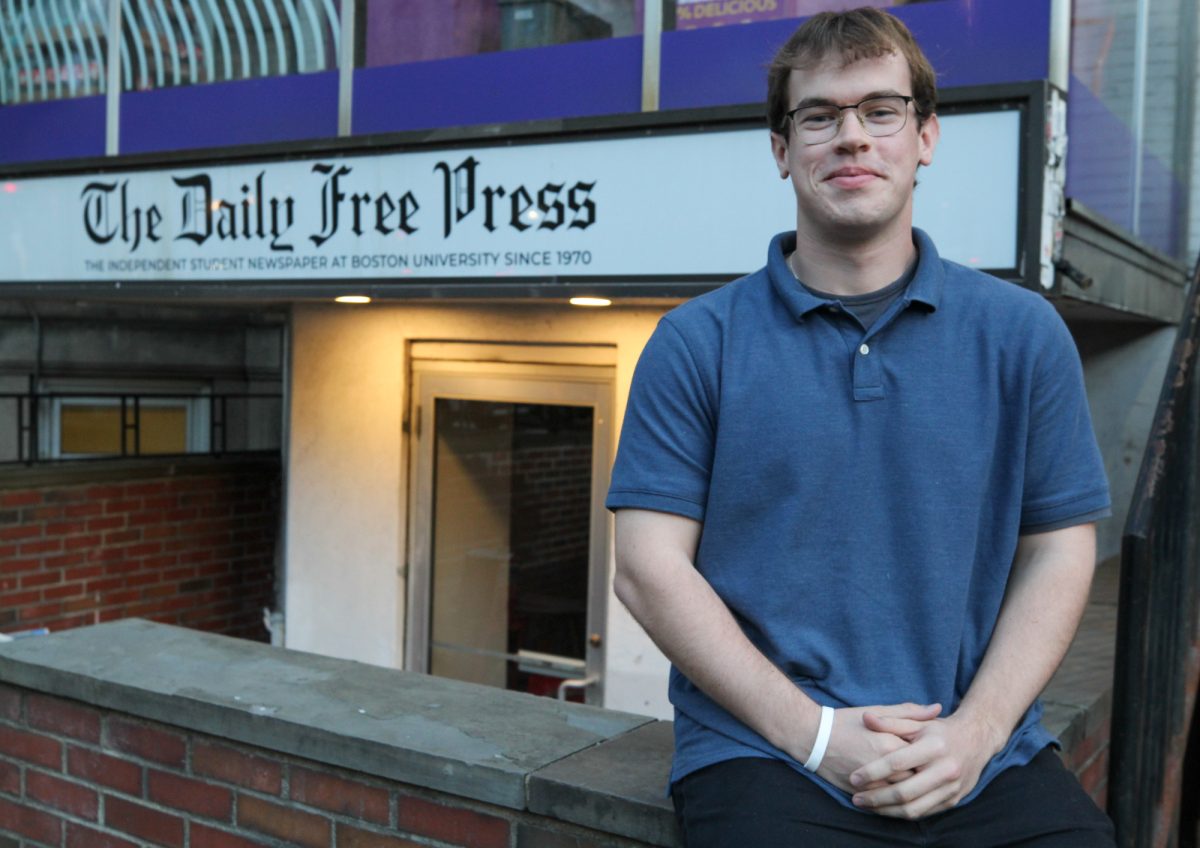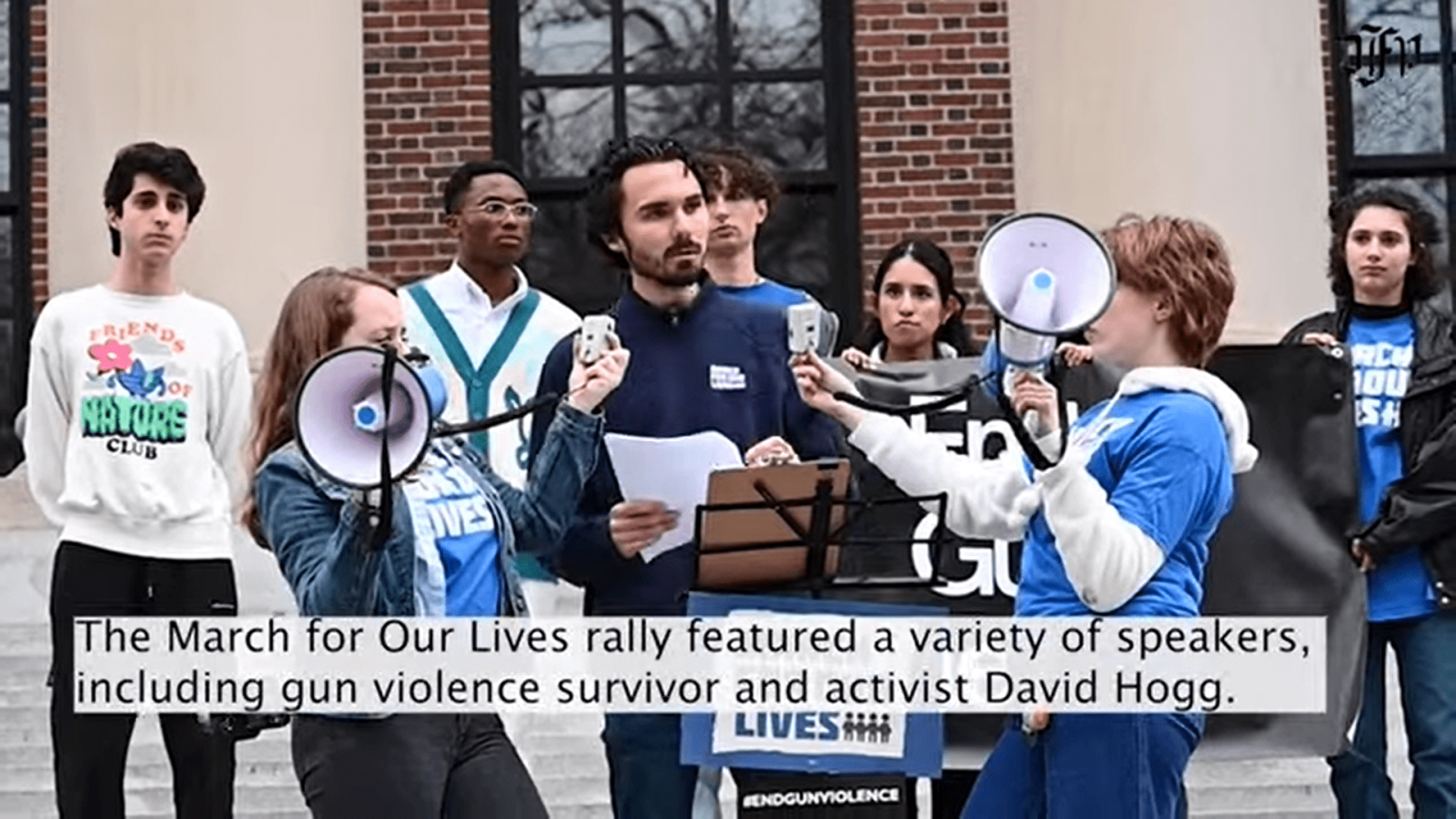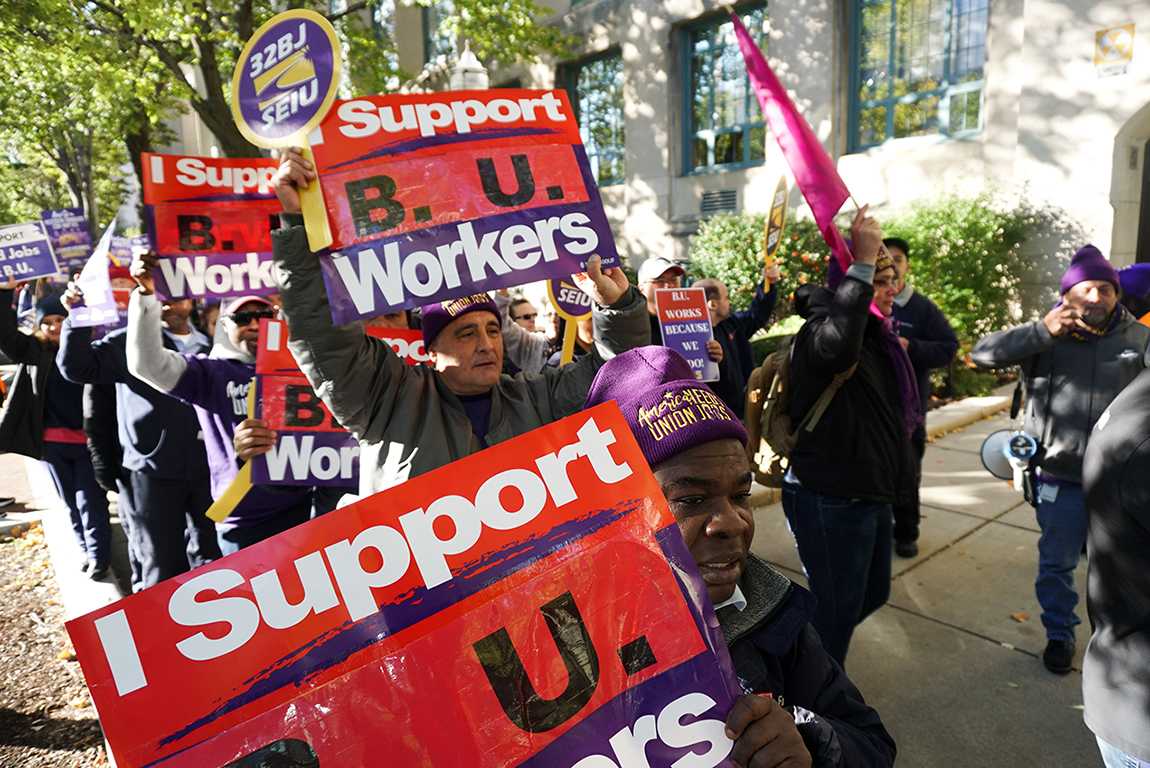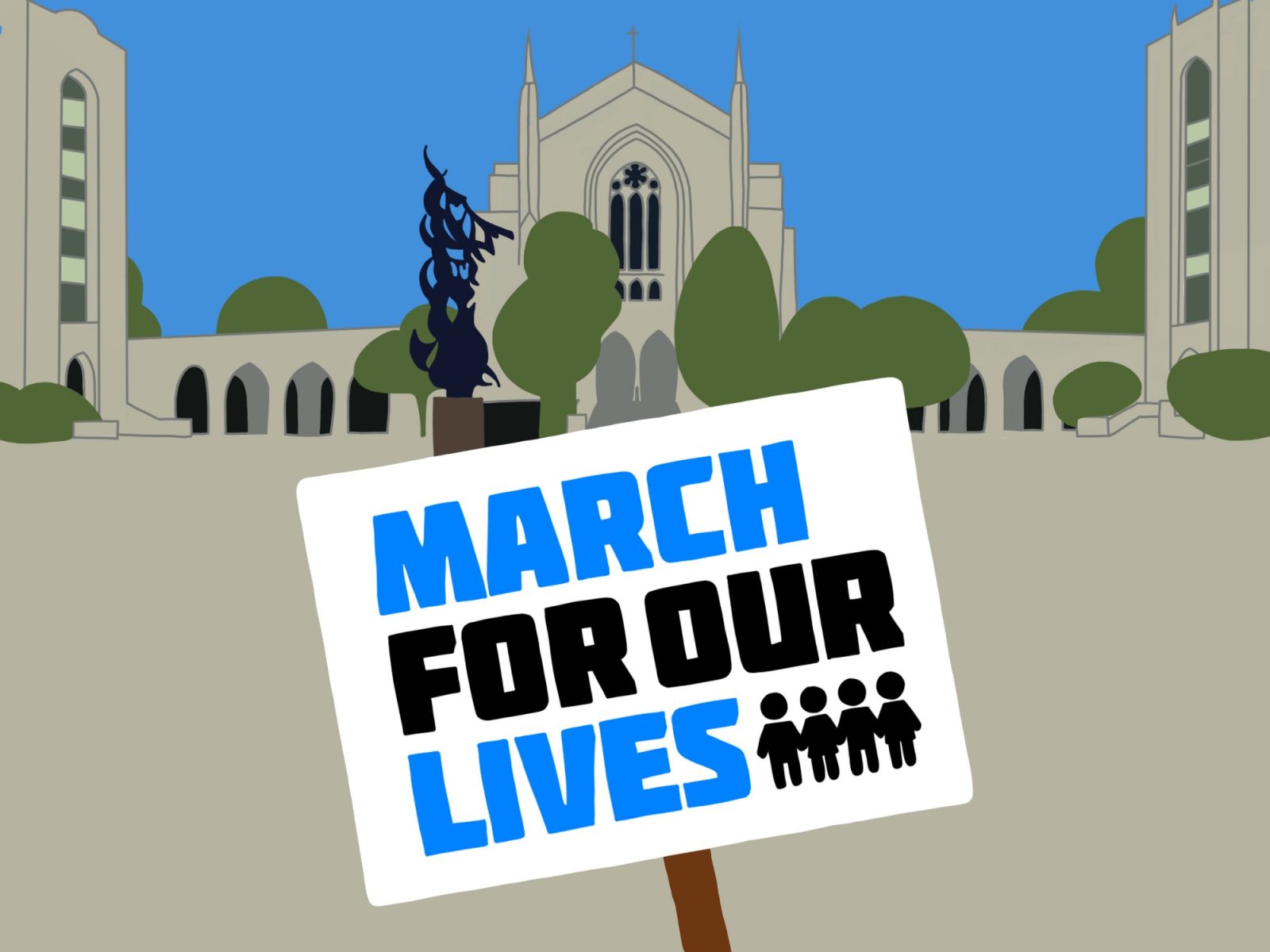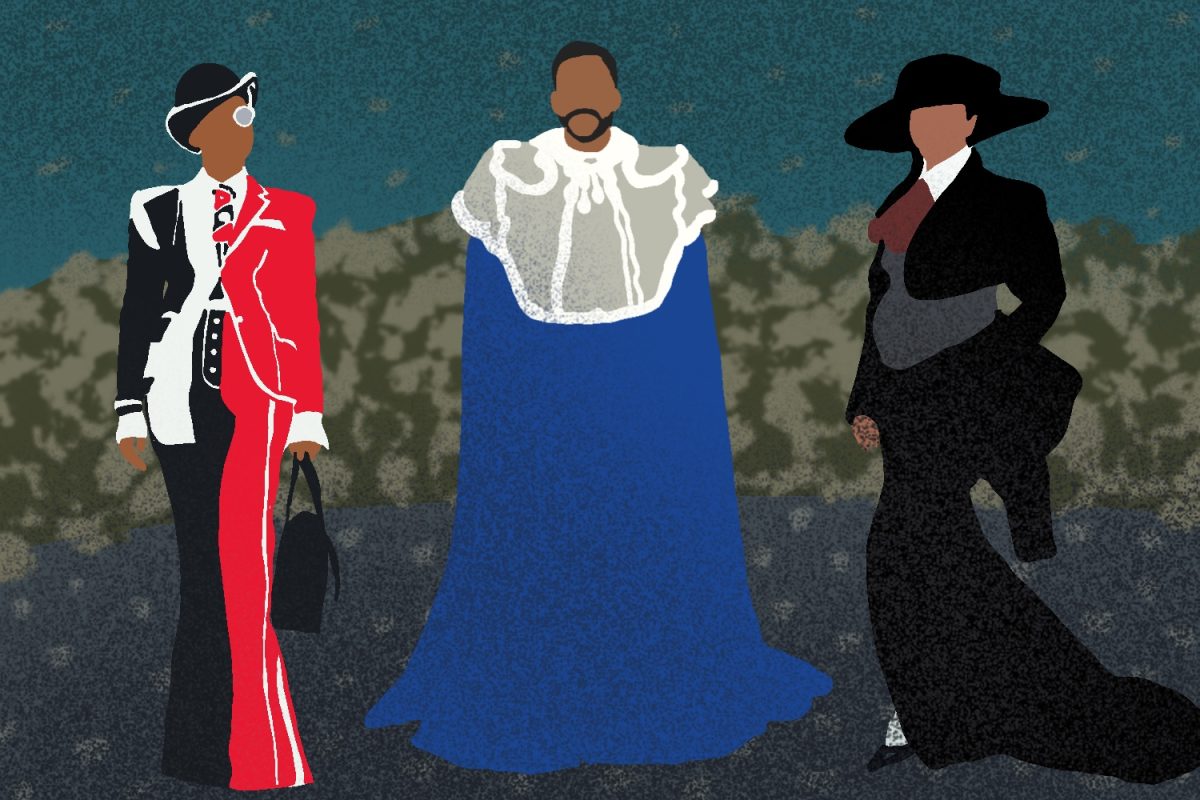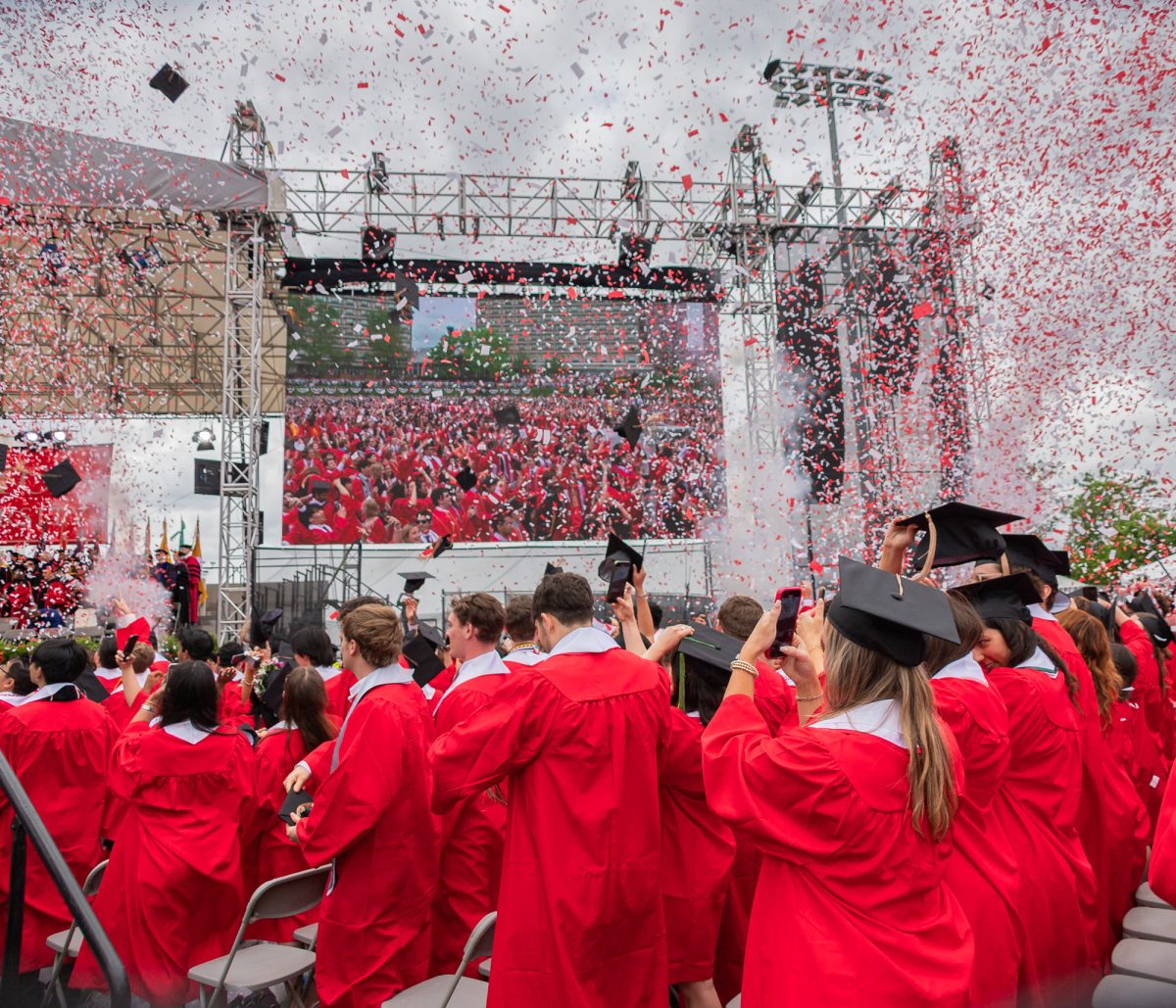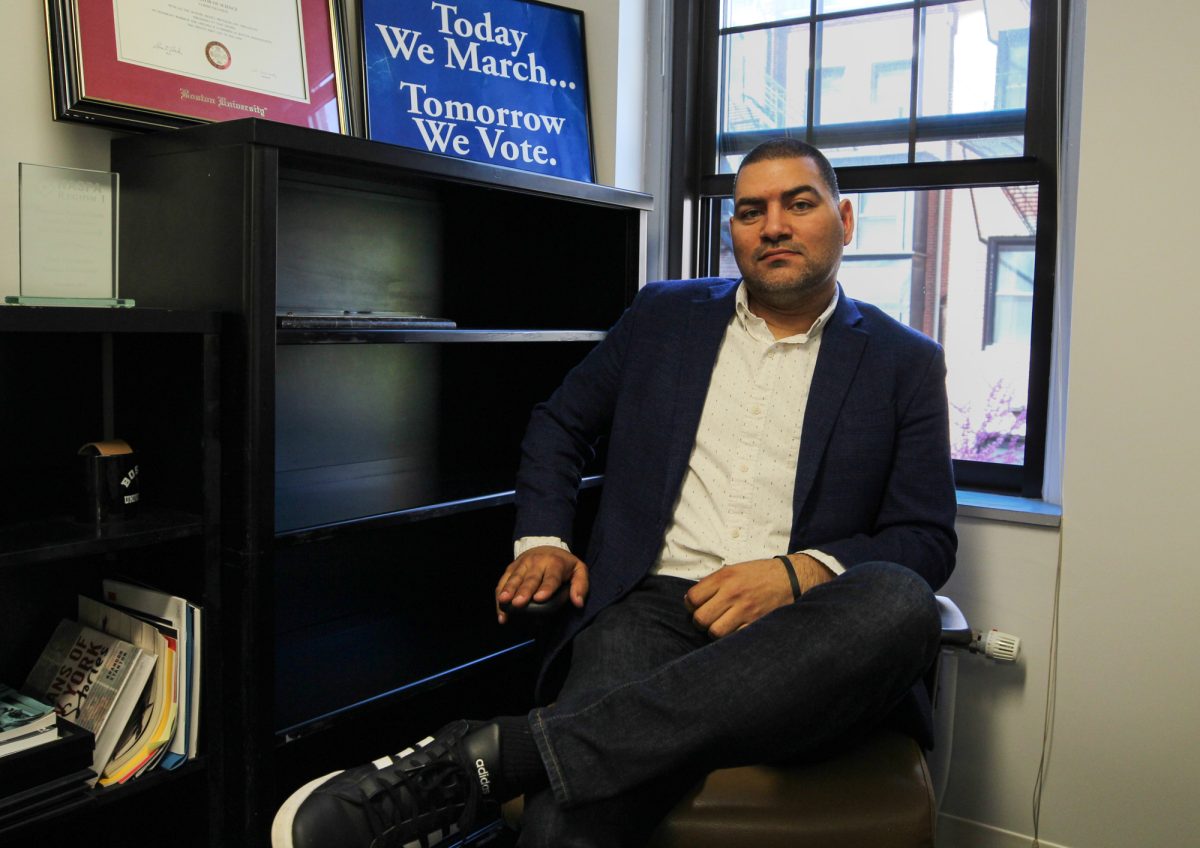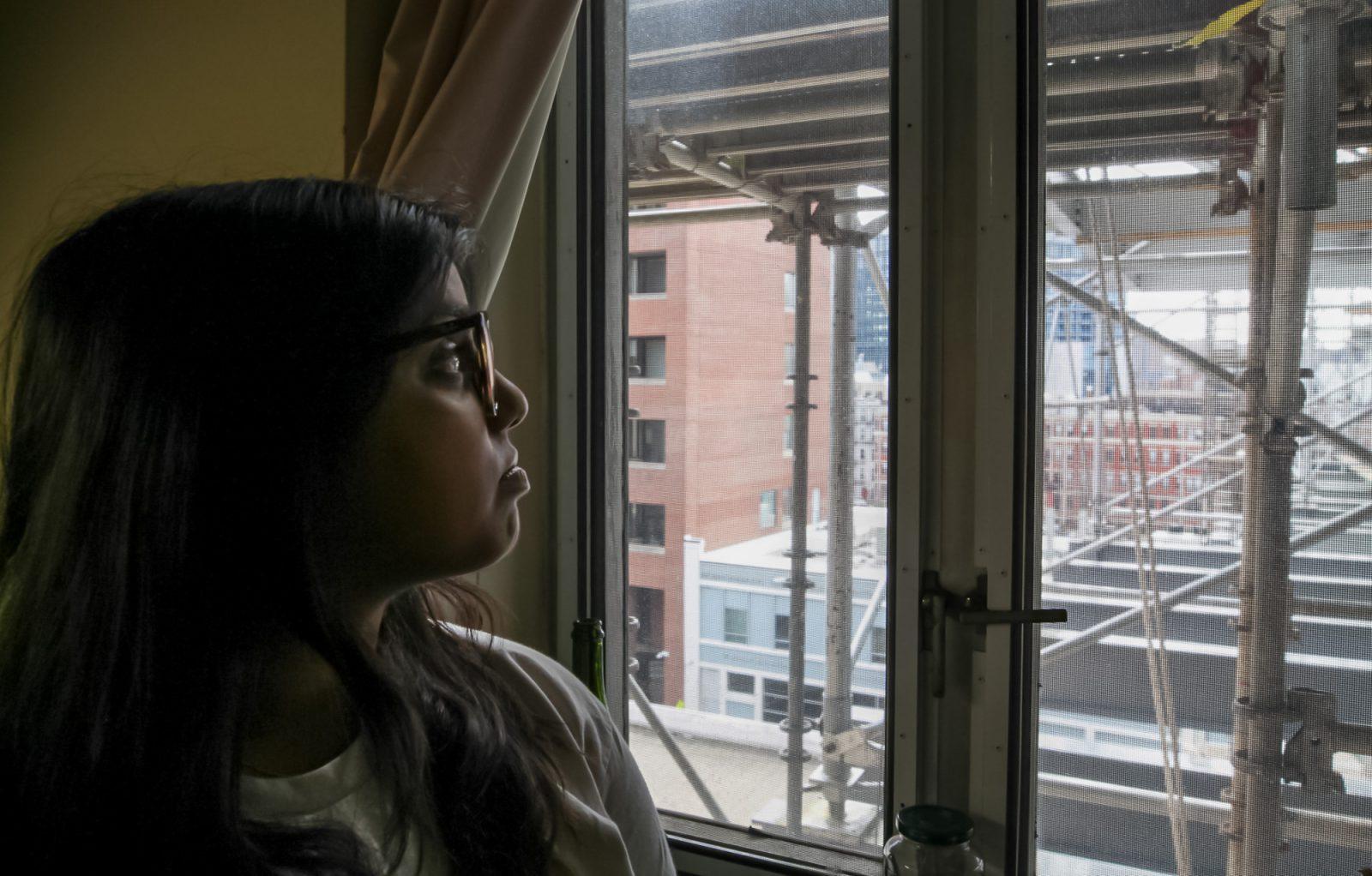Contrary to what Boston University students might believe, the names “Rich,” “Claflin” and “Sleeper” don’t simply refer to the three buildings that make up the West Campus dormitory. They’re actually the names of the three men — Isaac Rich, Lee Claflin and Jacob Sleeper — who founded Boston University in 1869, and were the school’s original group of trustees.
Since its founding the university has witnessed tremendous growth, and the Board of Trustees has grown accordingly. Today the Board is made up of 35 men and women, all of whom have distinguished themselves in their chosen fields, ranging from real estate and banking to medicine and theology. The four officers on the Board — Chairman Alan Leventhal, Vice Chairmen David D’Alessandro and Robert Knox, and President Robert Brown — oversee a group dedicated to serving the university as part of its chief governing body.
Some, like Elaine Kirshenbaum, came to the Board after many years of connection to BU; Kirshenbaum calls herself a “triple Terrier,” having received three degrees from the university in the 1970s. Others had nothing to do with BU but, for a variety of reasons, were interested in being a part of the university’s governance process.
The full Board meets only three times per year, in September, December and April. For trustees, the bigger time commitment is their work on the Board’s 12 different committees, which range from academic affairs and athletics to areas in which students are not directly involved, like the university’s investments and real estate holdings.
According to Board Chairman Alan Leventhal, the Board is responsible for “the things that really go to the heart and life of the university.” Its most important responsibility is choosing the person who will lead the university, Leventhal said, describing last year’s selection of Robert Brown as having “an enormous and direct impact” on BU.
In addition to electing its own members based on the recommendations of the Nominating and Governance Committee, the Board is also responsible for naming honorary trustees — past trustees who “have provided distinguished and meritorious service” to the university, according to the group’s charter — and members of the Board of Overseers, who advise the administration, Board of Trustees and individual colleges on a variety of issues.
WHO THEY ARE
In the 1950s, back when it was still a “streetcar university,” BU gave Patricia Donahoe a chance to attend Sargent College on a full scholarship, and she has been grateful ever since.
“I felt that I owed a great deal to the university,” Donahoe said.
Four decades later, having witnessed BU’s transformation into a nationally ranked research institution, she was excited to become a member of the Board of Trustees.
“I wanted to see how that process was engineered, and partake of modern BU,” explained Donahoe, now the director of Pediatric Surgical Research Laboratories at Massachusetts General Hospital and a professor of surgery at Harvard Medical School.
Inside the laboratory, Donahoe is studying treatments for reproductive cancers, work that she describes as intensive but “tremendously exciting.” She is also the president of the American Pediatric Surgical Association and a principal faculty member at the Harvard Stem Cell Institute.
Despite these commitments, Donahoe devotes much of her time to her work on the Board of Trustees, where she is a member of multiple committees.
“It’s an amazing board,” she said. “It’s got a tremendous depth of expertise. I learn from my colleagues every time I meet with them.”
Another representative of the medical field — though one whose work differs significantly from Donahoe’s — is Kirshenbaum.
A 1971 graduate of BU’s College of Liberal Arts with a degree in social psychology, Kirshenbaum went on to receive graduate degrees in counseling education and epidemiology. And to cement her “Terrier pride,” Kirshenbaum’s daughter is a graduate of the BU School of Law, while her son is currently enrolled in the MMEDIC program, which allows undergraduates to take classes in the School of Medicine.
“My experiences have been wonderful throughout my entire BU connection,” she said.
As part of a career in health care, Kirshenbaum has worked for John Hancock and Blue Cross Blue Shield, among other organizations. She currently serves as the vice president of policy, planning and membership at the Massachusetts Medical Society.
For Kirshenbaum, BU’s School of Public Health was “a great catapult into the health care arena,” from which she has now come full circle by returning to BU to serve on the Board. In addition to her work on the Board’s regular committees, she has also found time for some special events: last year, for instance, she co-chaired the advisory committee for President Brown’s inauguration with Professor Roscoe Giles.
“It’s enjoyable time spent, and therefore you don’t notice it,” she said.
While most of the trustees are graduates of BU, some came to the Board from outside the university.
Alan Leventhal, who joined the Board in 1995, is a graduate of Northwestern University and Dartmouth College. Still, he said he has long felt a connection to the university and understood its importance to the outside world.
“I’ve always had a very strong feeling about the importance of Boston University…as an employer, in terms of the research it does, in terms of how it enriches the life of the Greater Boston area,” Leventhal said, adding that his mother, sister and daughter all attended the university. “We have always felt it was critical to support the important institutions that make Boston what it is.”
Leventhal, currently the chairman and CEO of the real estate investment firm Beacon Capital Partners, became chairman of the Board two years ago, his appointment coinciding with major changes resulting from the Board’s failed presidential search.
When former NASA head Daniel Goldin was brought on as president of BU in the fall of 2003, only to be sent away by the Board with a $1.8 million severance package the day before he was to take office, the trustees immediately took steps to review their practices through the creation of an eight-member ad hoc Committee on Governance.
When the committee released its report and its recommendations were approved several months later, the Board that emerged was very different from what had existed before. Leventhal said he felt that becoming chair was “an important thing to do in the period of transition.”
REPRESENTING THE FACULTY
One of the changes enacted after the Goldin episode was the creation of a spot on the Board for a faculty representative, making the chairman of the Faculty Council a voting member. After a two-year term by College of Engineering professor Roscoe Giles, the post is now filled by Julie Sandell, a professor in the School of Medicine.
Like Leventhal, Giles said he was interested in serving as Faculty Council chair “as a matter of service to the faculty and the university” in a time of transition, and because it was a way to learn more about the university as a whole.
While Giles said he was “delighted” when he heard that the Board had created a spot for a faculty representative, he tried to approach his position as if he were any other trustee.
“As a Board member, one’s duty and concern is to the university as a whole, but the point of being the Faculty Council chair is to bring a faculty’s perspective to the Board’s consideration,” Giles said. “In the situations where it was appropriate, I certainly represented a faculty perspective.”
With the period of transition now at an end, Sandell said she is looking forward to her role in helping to shape the university’s future.
“I’m very interested in the future of Boston University. I think it’s a very exciting time, with a new president and two fairly new provosts,” she said.
A PRESIDENTIAL PERSPECTIVE
Though President Brown sits on the Board of Trustees and plays an important role in every meeting, he said there is a clear difference between the responsibilities of the Board and those of his administration.
While the trustees have “a very important role in the governance of the university…they don’t manage on an operational basis,” Brown said. “The leadership of the university manages. It’s a pretty clearly defined role that [the members of the Board] have in governance.”
At a typical meeting, Brown or other members of his administration are asked to comment on committee reports or give presentations on issues within the university. At each meeting he also gives a president’s report on matters he feels are important for the Board to discuss.
As for the rest of the time, Brown said he is in frequent contact with members of the Board.
“I’d say in a typical week I talk to more than a handful of the Board members on BU business,” he said.
One change that Brown pushed for upon taking office was making the Board more visible to the university at large through the creation of a Board of Trustees website.
“If you went a year ago, there was no website. You couldn’t find out who was on the Board,” Brown said. “I think a great private university, with the kind of quality board we have, you shouldn’t hide it under a rock — you should have it out, and really highlight it as a strength of the university.”
LOOKING BACK, LOOKING AHEAD
The changes in governance adopted in 2004 were hailed at the time by Leventhal and then-President ad interim Aram Chobanian as a “milestone” for the university.
Among the changes was the adoption of term limits where none had been before; trustees are now allowed to serve 14 consecutive years, after which they can be named as honorary trustees or overseers, or reelected to the Board provided two years have passed between terms.
The Board also voted to strengthen its conflict-of-interest policy and remove President emeritus John Silber from his executive office on the ninth floor of the School of Management.
Two years later, Leventhal maintains his praise for the changes that the Board took on.
“One of the best measures of success is how well the [presidential] search process went,” he said. “To be able to attract a candidate like Bob Brown…is the best testimony to the success of these changes.”
As for the future? Brown said that this month’s meeting will see the election of new members to the Board, in addition to a discussion of how the university-wide planning begun last year is coming along.
“It’s a working relationship between the Board and the management of the university. And I think we have everybody kind of pulling an oar at a very rapid pace right now.”
Staff writer Neal Simpson contributed
reporting for this story.

